Is the switch from Intel processors to Apple Silicon the best thing Apple could have done for its computers? Or should he have stuck to a more captive collaboration? It may be early to answer, as it's only the first generation of its M1 chips. From the point of view of professionals, this is a difficult question, but from the point of view of an ordinary user, it is simple and sounds simple. Yes.
Who is a regular user? The one who owns an iPhone and wants to get even more bogged down in the ecosystem. And that's why he also buys a Mac. And buying a Mac with Intel now would be simply stupid. If nothing else, the M series chips have one essential killer function for the average iPhone user, and that is the ability to run iOS applications even in macOS. And this is the way that these systems can be connected more easily and non-violently than one might think.
If the user owns an iPhone, i.e. an iPad, in which he has his favorite applications, it does not make the slightest difference to him to run them on a Mac as well. It downloads them in exactly the same way – from the App Store. So actually from the Mac App Store. The potential here is huge. Only with games there is a bit of a problem in compatibility with controls. However, this is up to the developers, not Apple.
It could be interest you
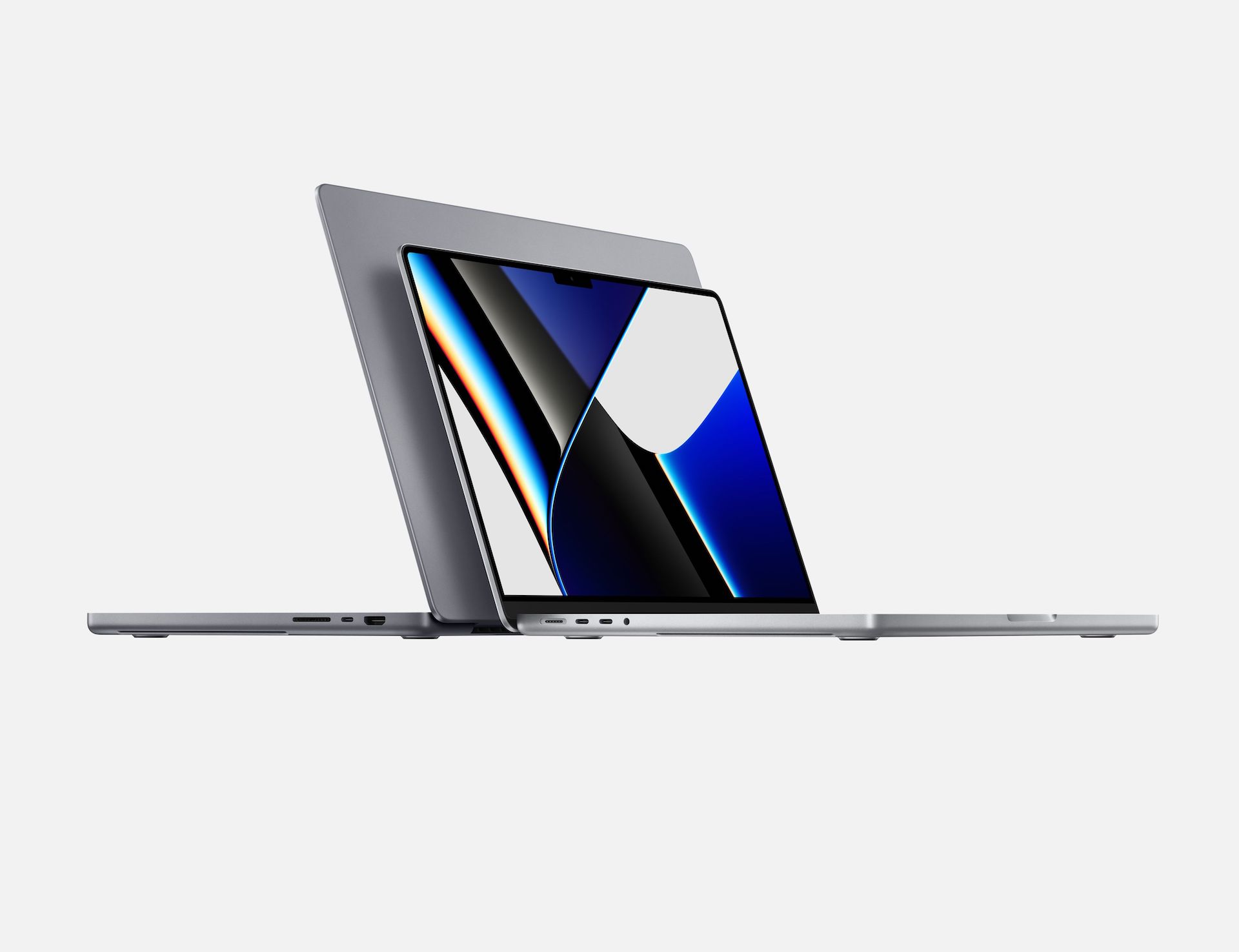
A powerful trio
Here we have the first generation of M1, M1 Pro and M1 Max chips, which are manufactured based on TSMC's 5nm process. If the M1 is the basic solution and the M1 Pro is the middle way, the M1 Max is currently at the peak of performance. Even though the last two are only in the 14 and 16" MacBook Pro so far, nothing prevents Apple from deploying them elsewhere. The user will thus be able to configure other machines when purchasing. And it's an interesting step, because until now it could only do so with internal SSD storage and RAM.
In addition, Apple and TSMC plan to manufacture second-generation Apple Silicon chips using an improved version of the 5nm process, which will include two dies with even more cores. These chips will probably be used in other MacBook Pro models and other Mac computers, at least in the iMac and Mac mini there is certainly enough space for them.
However, Apple is planning a much bigger leap with its third-generation chips, i.e. those labeled M3, some of which will be manufactured using the 3nm process, and the chip designation itself will thus refer nicely to it. They will have up to four matrices, so easily up to 40 computing cores. In comparison, the M1 chip has an 8-core CPU, and the M1 Pro and M1 Max chips have 10-core CPUs, while the Intel Xeon W-based Mac Pro can be configured with up to 28-core CPUs. This is also why Apple Silicon Mac Pro is still waiting.
It could be interest you
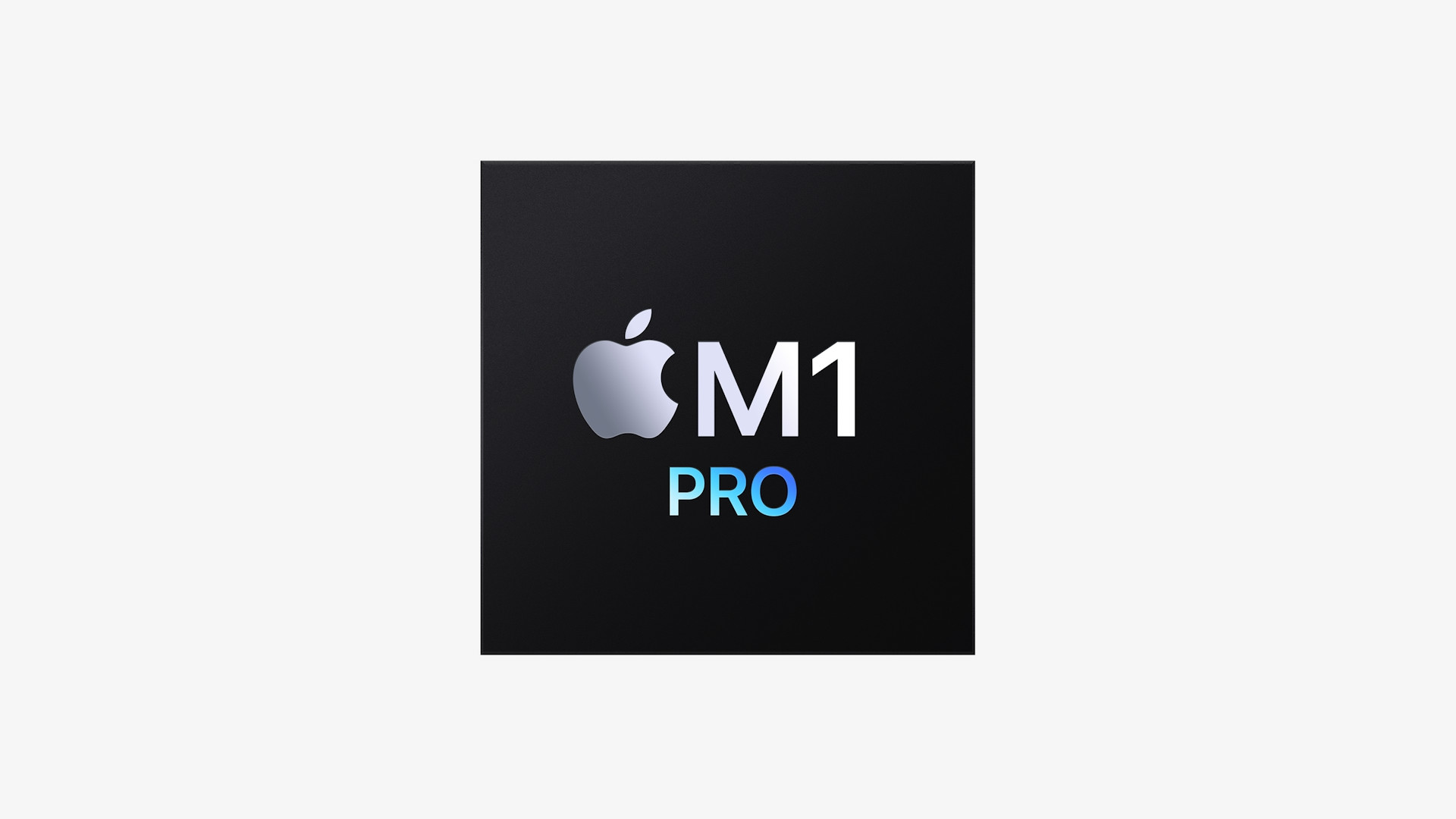
iPhones established order
But in the case of iPhones, every year Apple introduces a new series of them, which also uses a new chip. We are talking about the A-series chip here, so the current iPhone 13 has the A15 chip with the additional nickname Bionic. It is a big question whether Apple will come to a similar system of introducing new chips for its computers as well - every year, a new chip. But would that make sense?
There hasn't been such an intergenerational jump in performance between iPhones for a long time. Even Apple is aware of this, which is why it presents news rather in the form of new functions that older models (according to it) could not handle. This year it was, for example, ProRes video or film mode. But the situation is different with computers, and even if there are users who change the iPhone year after year, it cannot be assumed that a similar trend will occur with computers, even though Apple would certainly like it.
It could be interest you
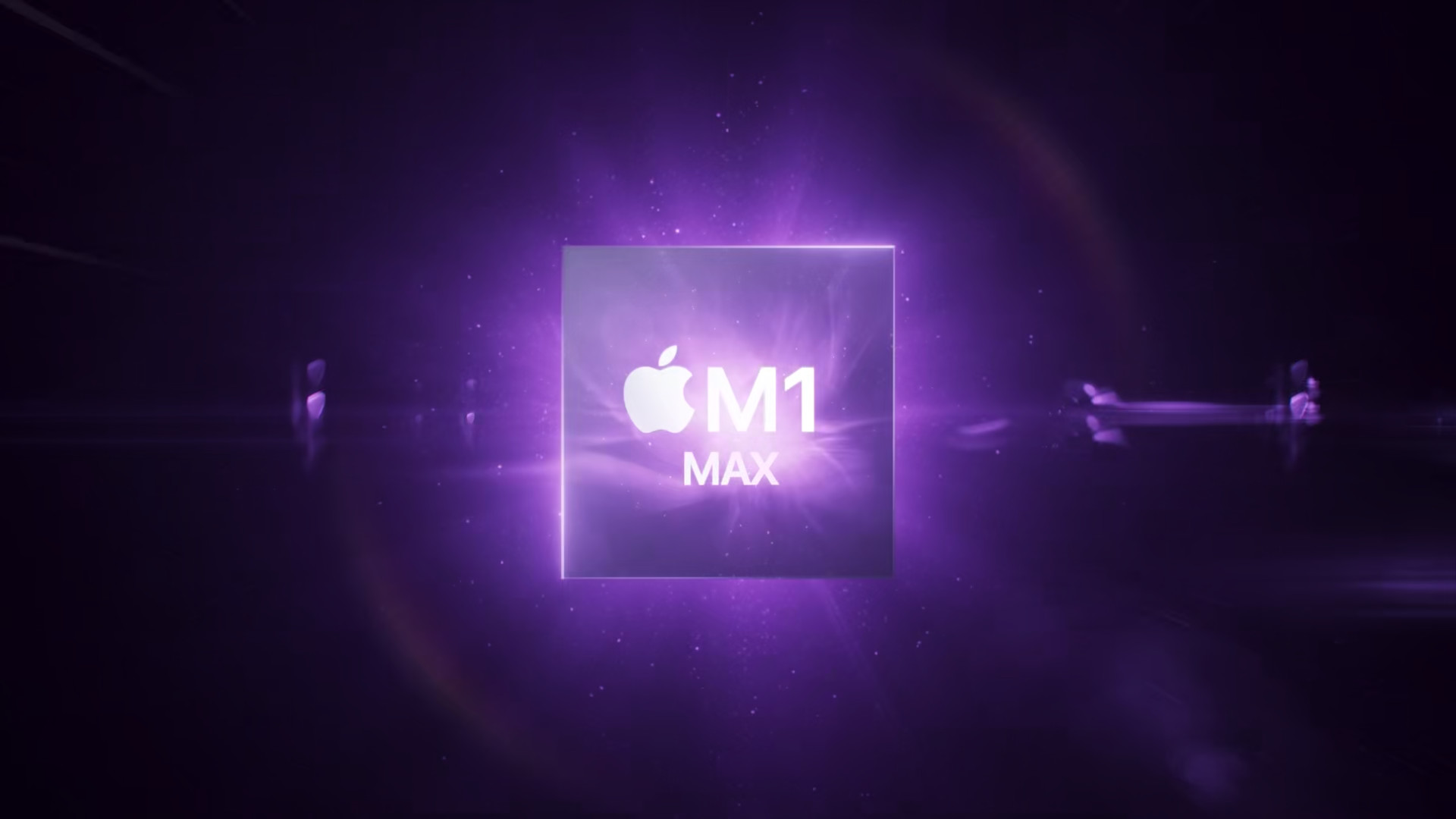
Situation on behalf of the iPad
But Apple made a rather big mistake by using the M1 chip in the iPad Pro. In this line, as with iPhones, it is expected that a new model will come out with a new chip every year. It would clearly follow from this situation that in 2022, and already in the spring, Apple must introduce an iPad Pro with a new chip, ideally with the M2. But again, he can't be the first to put it on the tablet.
Of course, there is a way for him to use the M1 Pro or Max chip. If he were to resort to this step, because he simply cannot stay on the M1, he would get into a two-year cycle of introducing a new chip, in between which he would have to wedge an improved version of it, that is, in the form of the Pro and Max versions. So it doesn't look very clear yet, even if it is logical. There are no leaps between M1, M1 Pro and M1 Max that the successor, M2, deserves. However, we will find out in the spring how Apple will handle this.
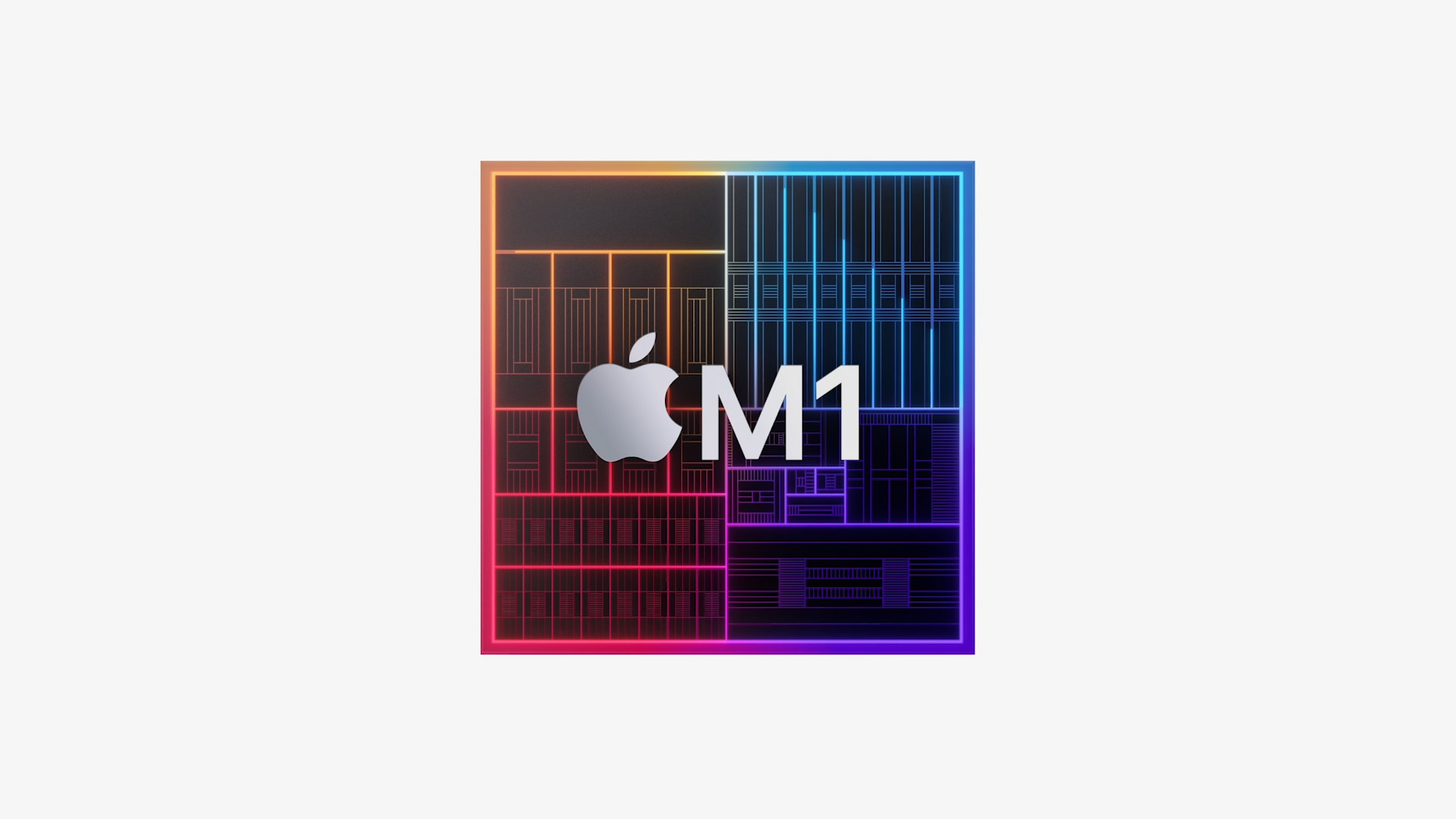

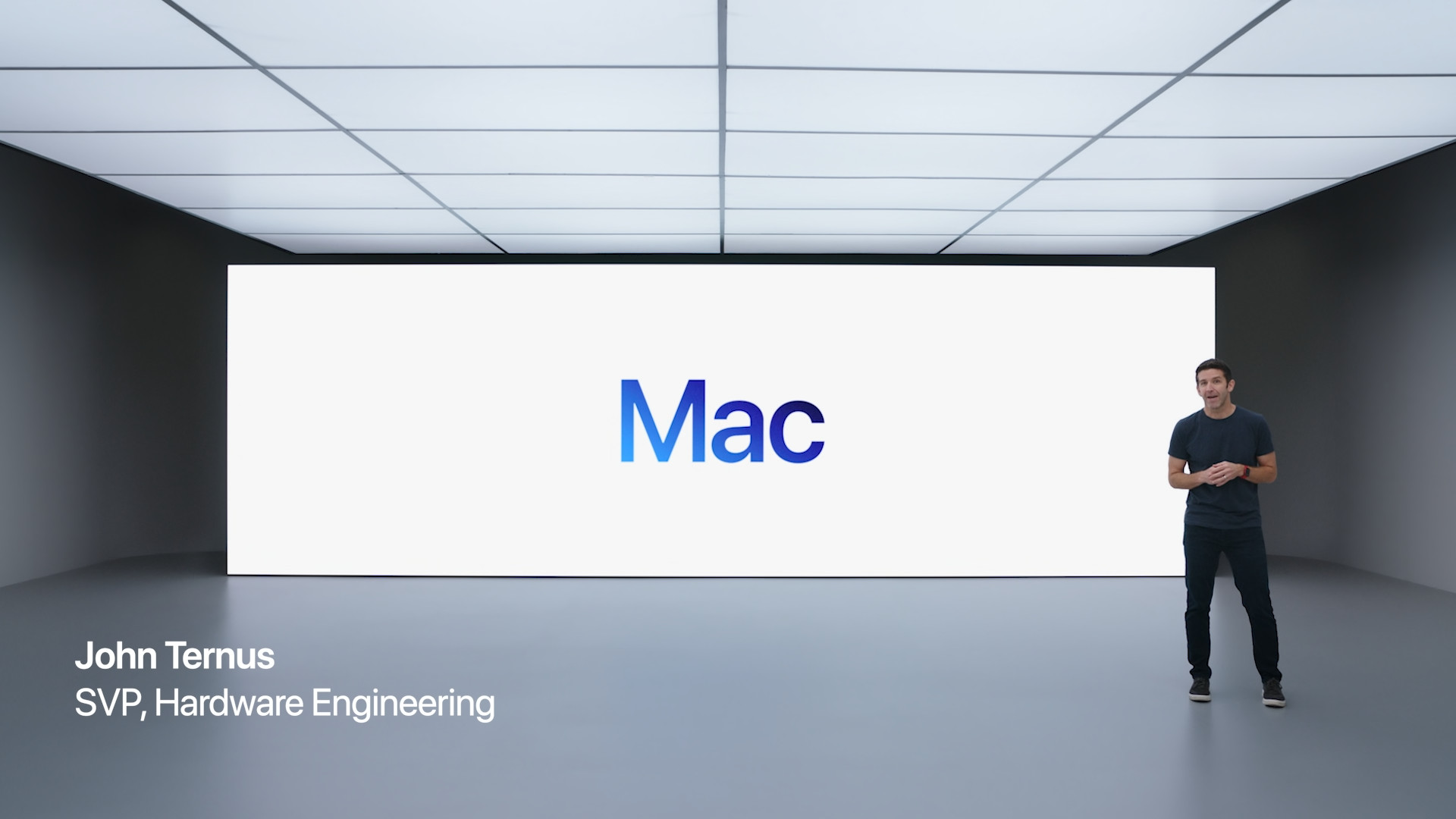
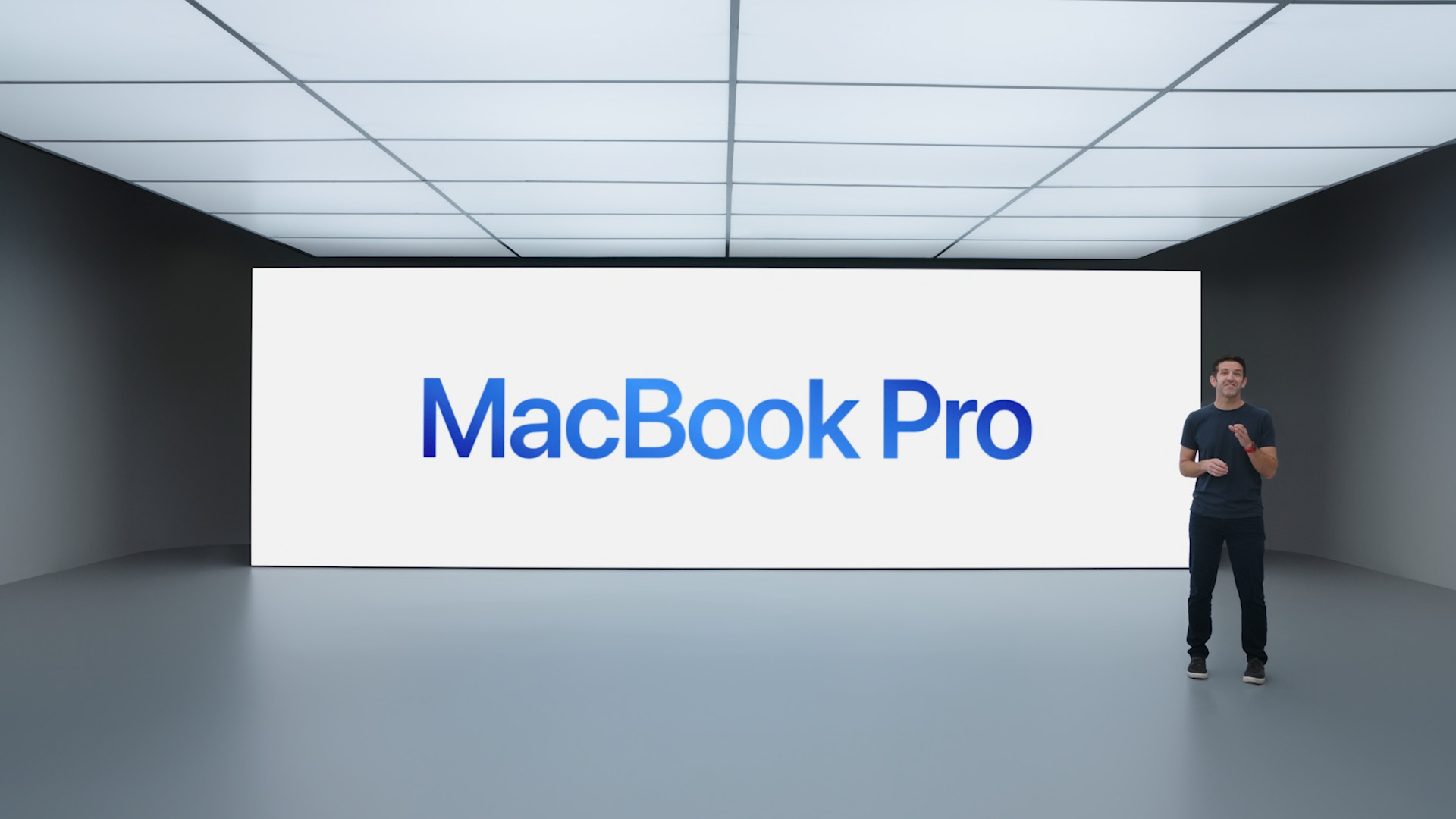
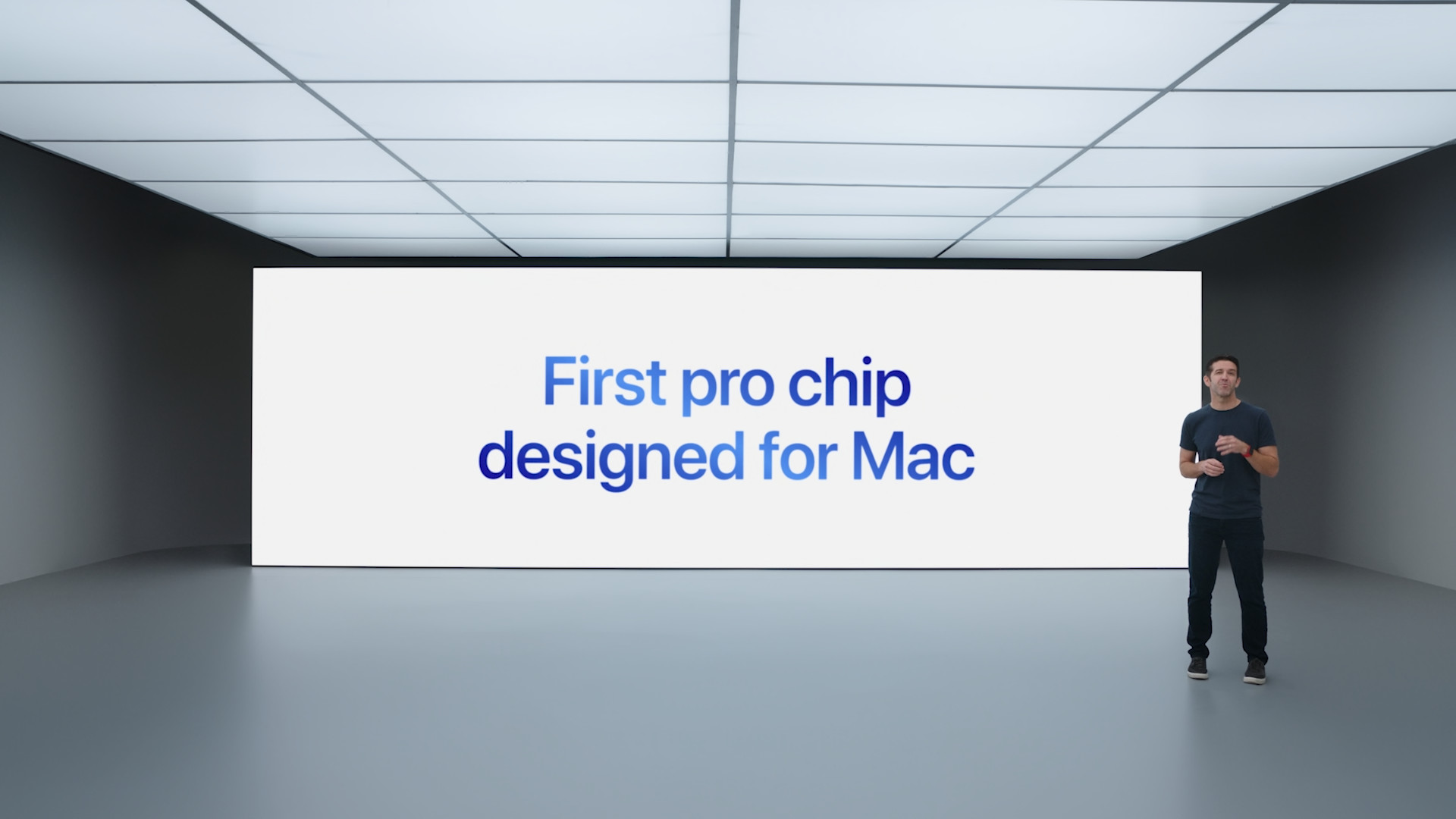
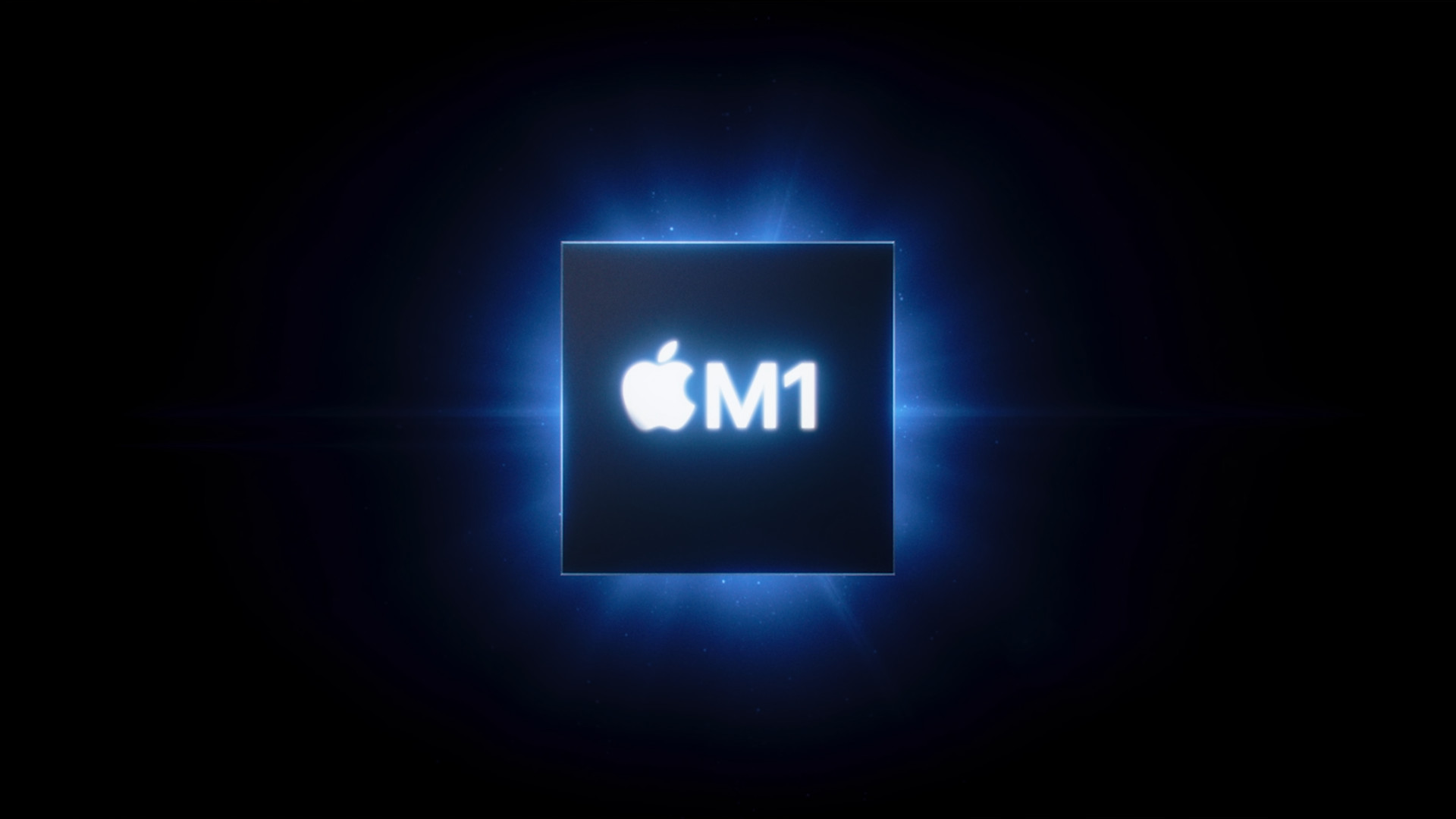
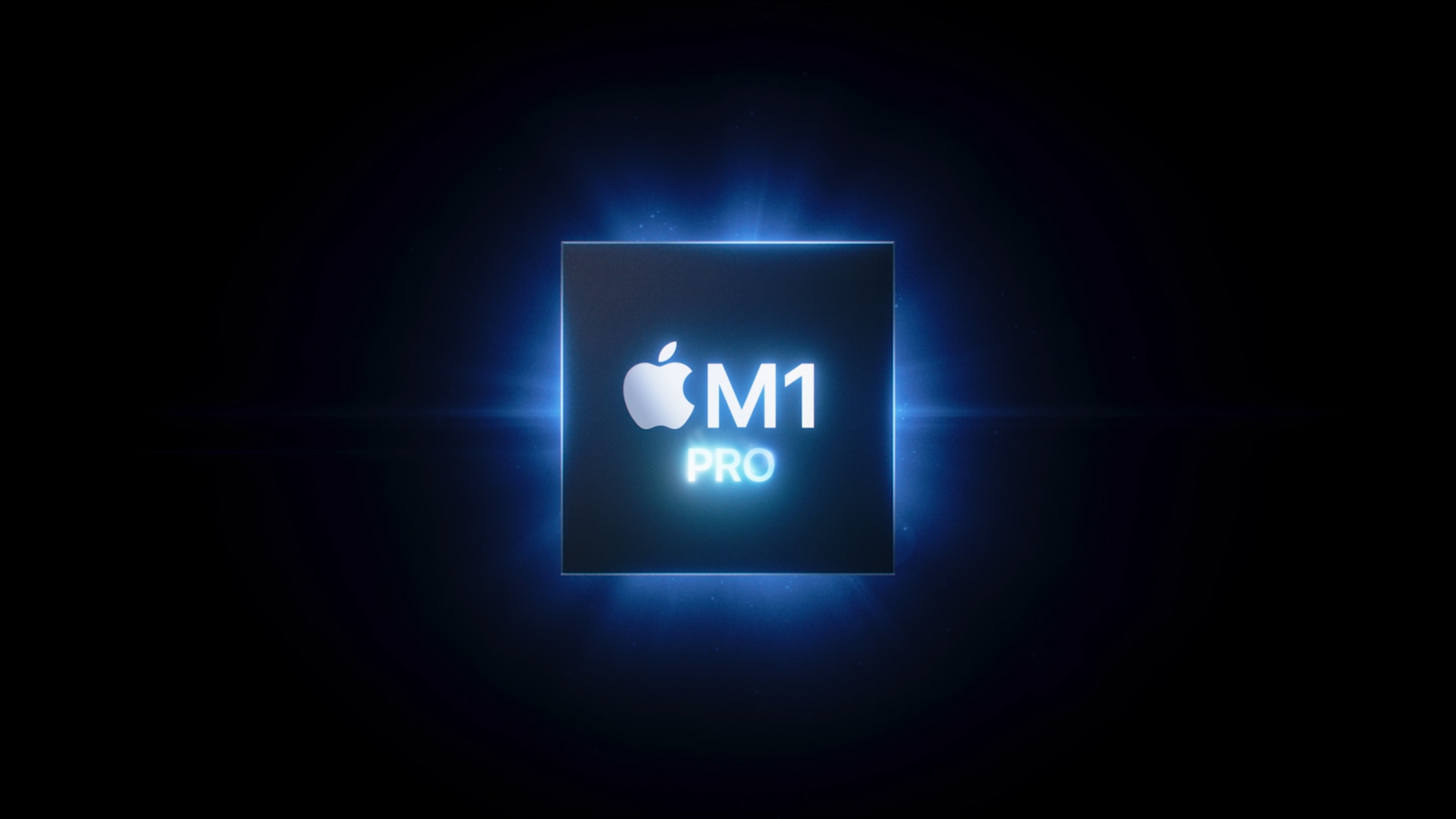
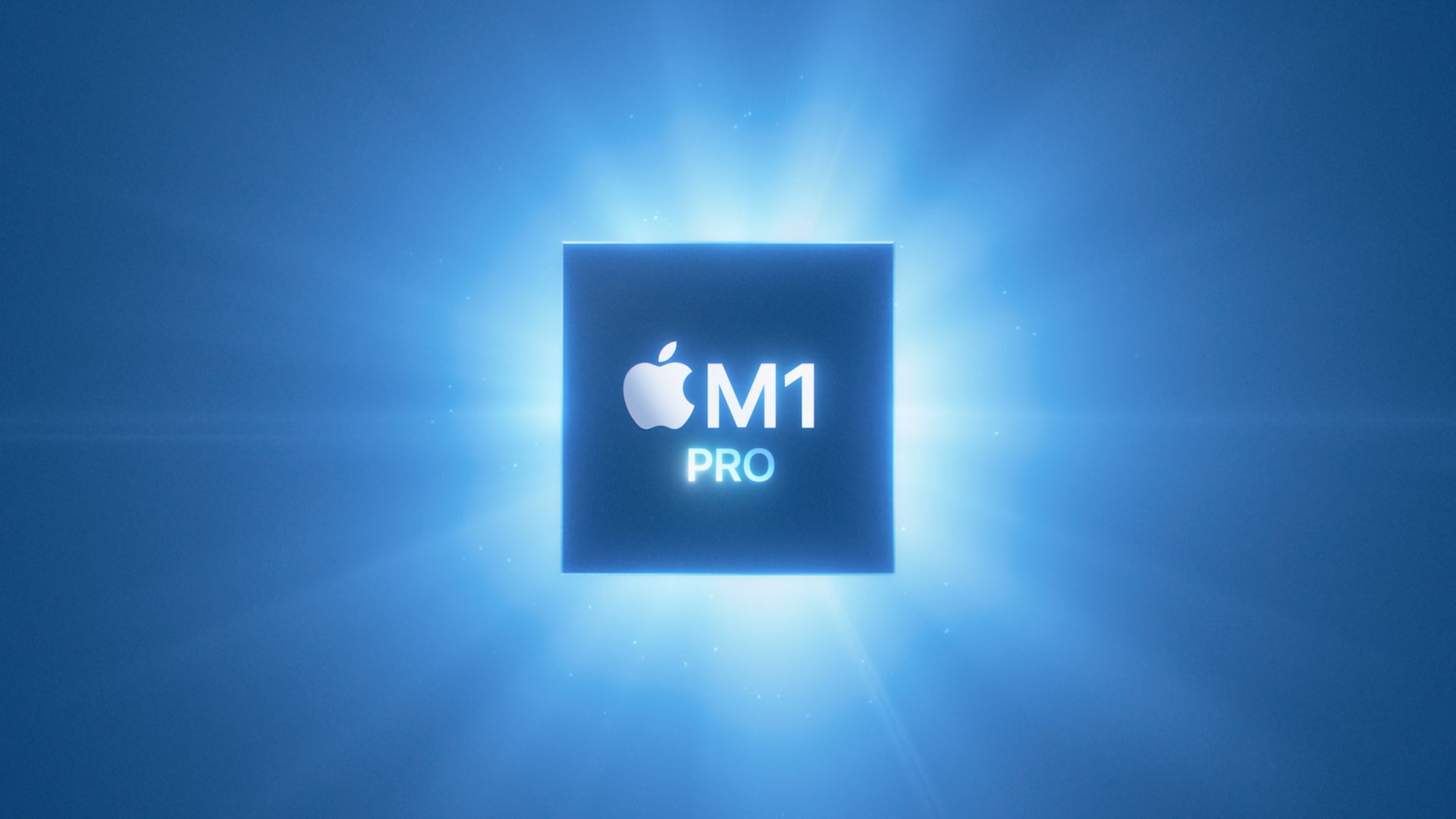
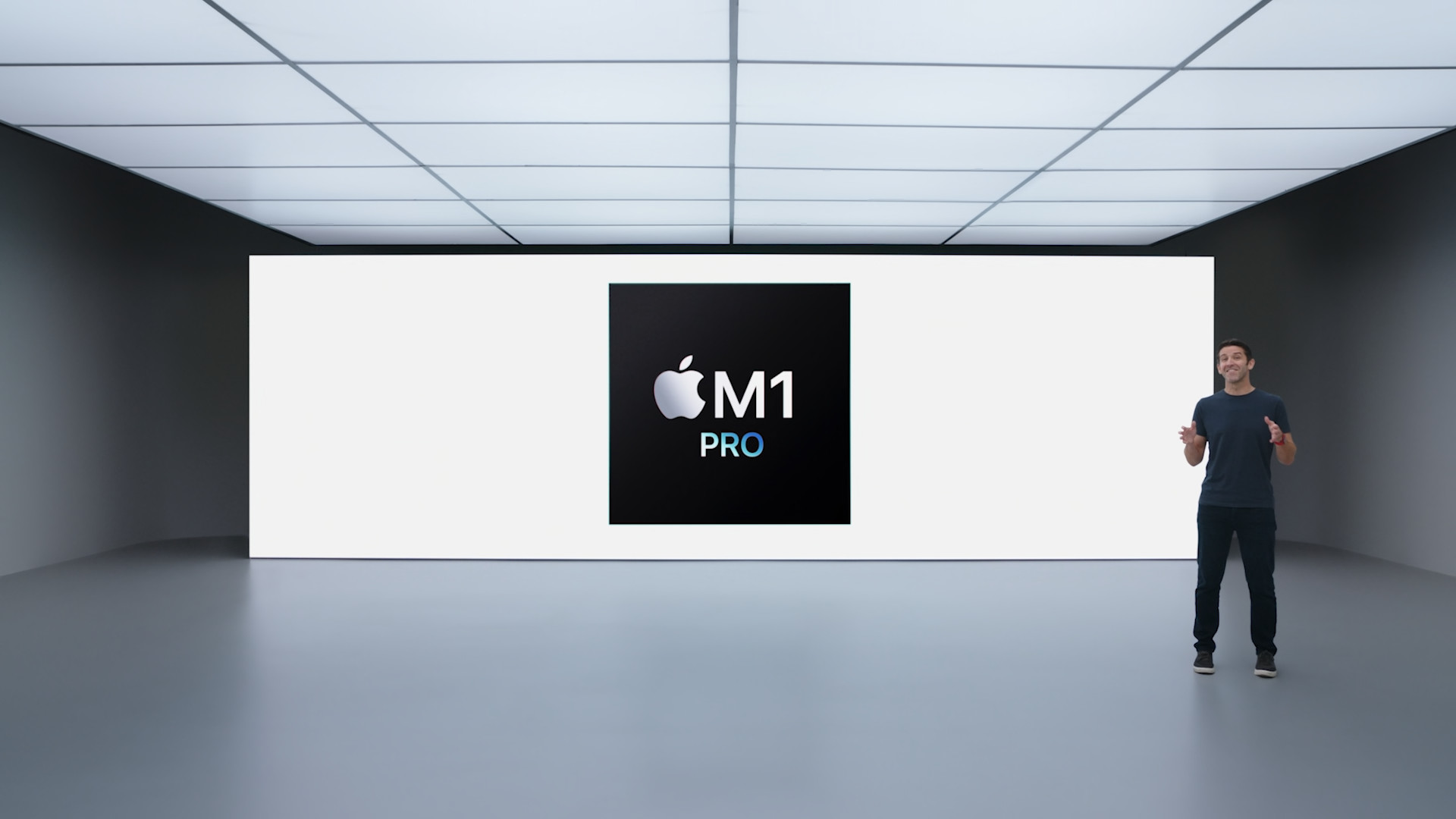
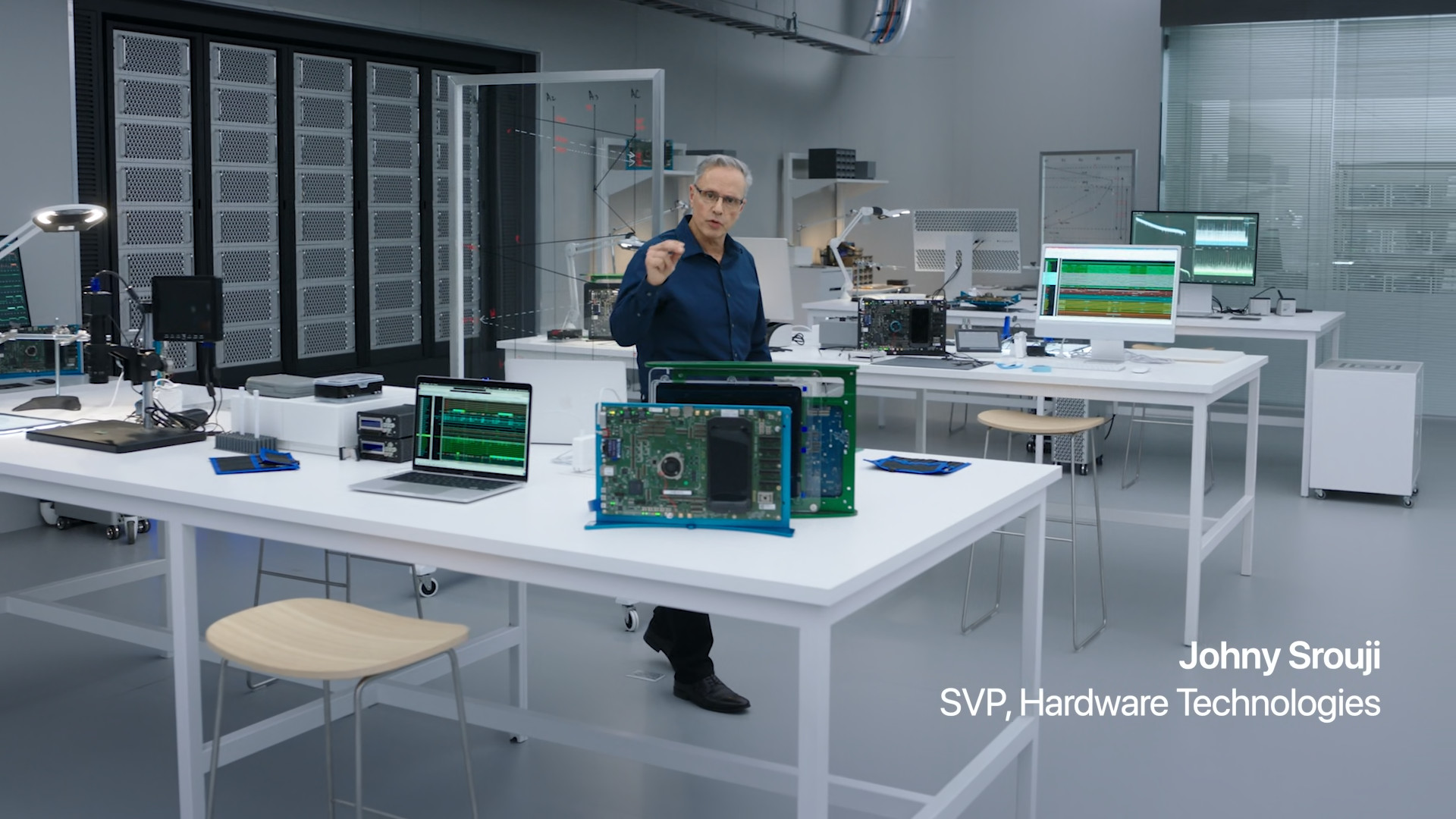
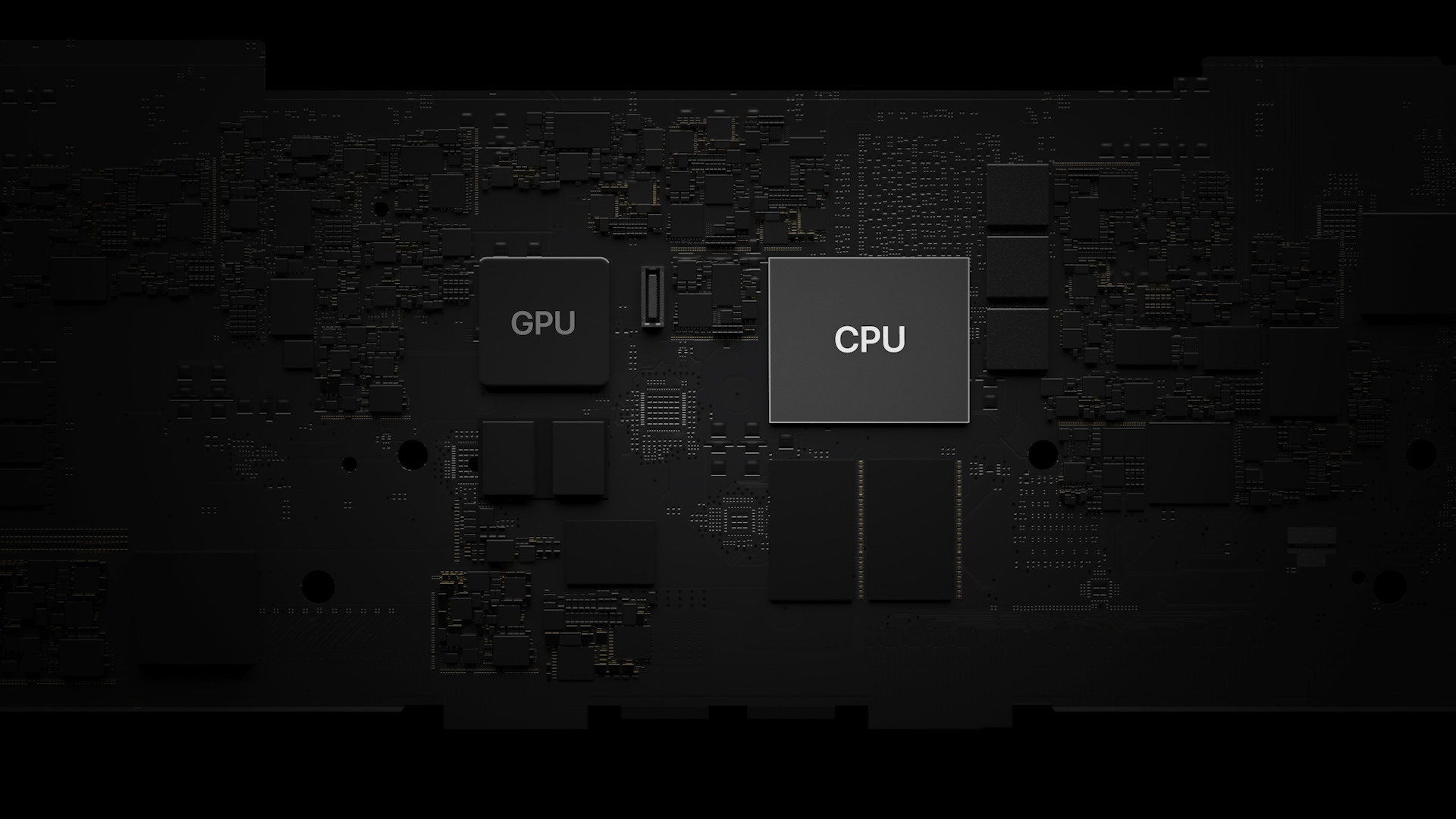
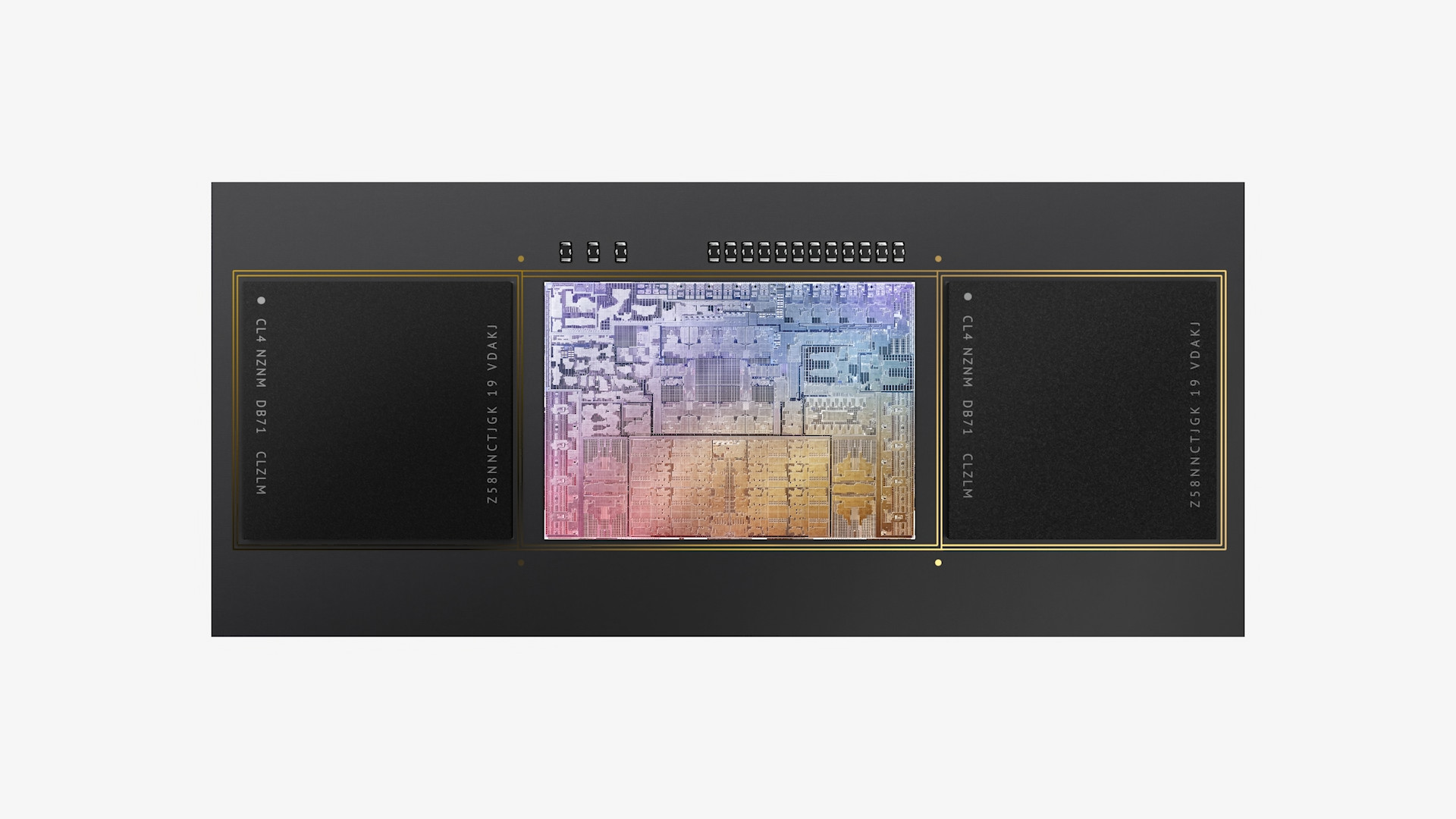
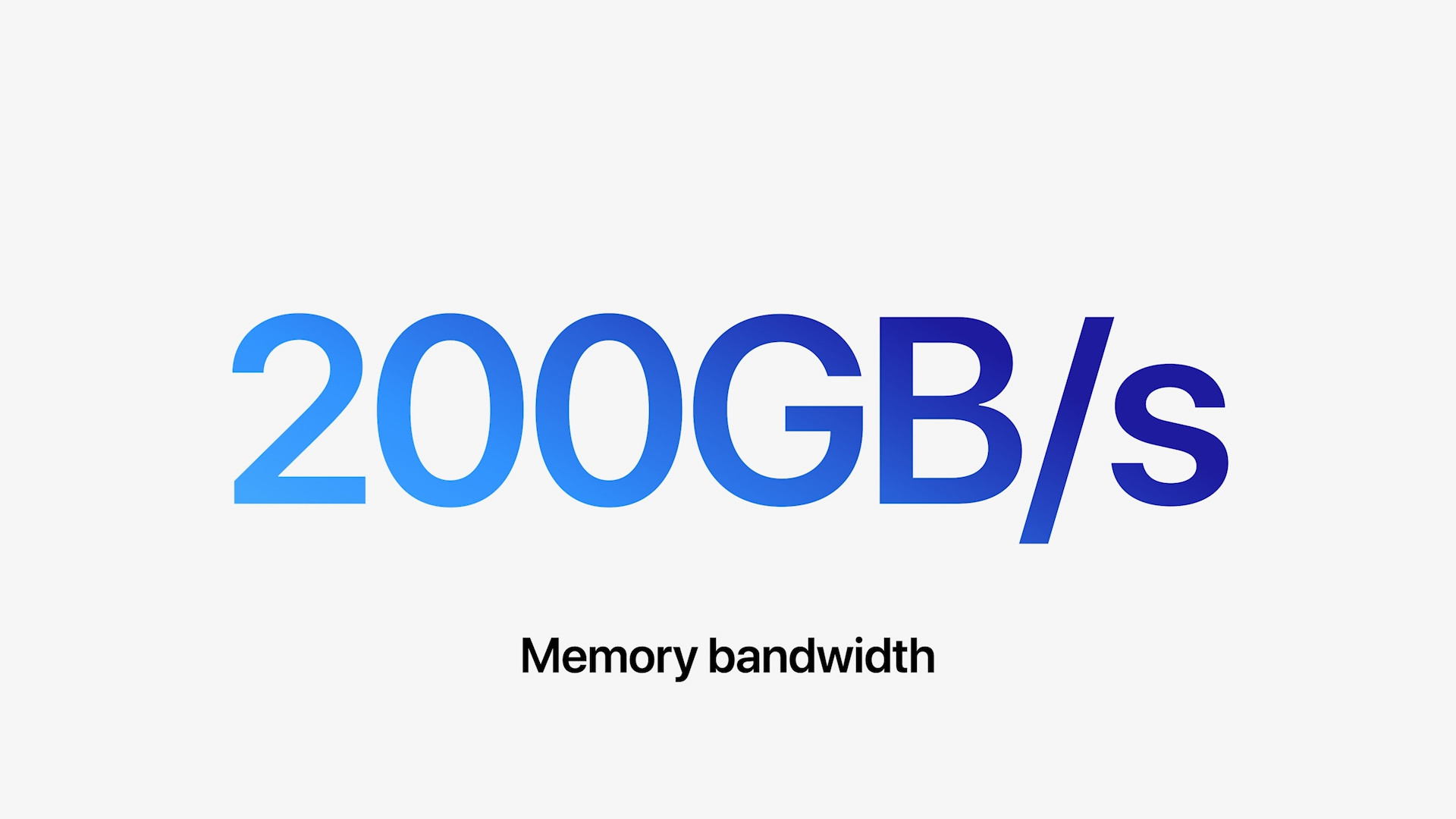


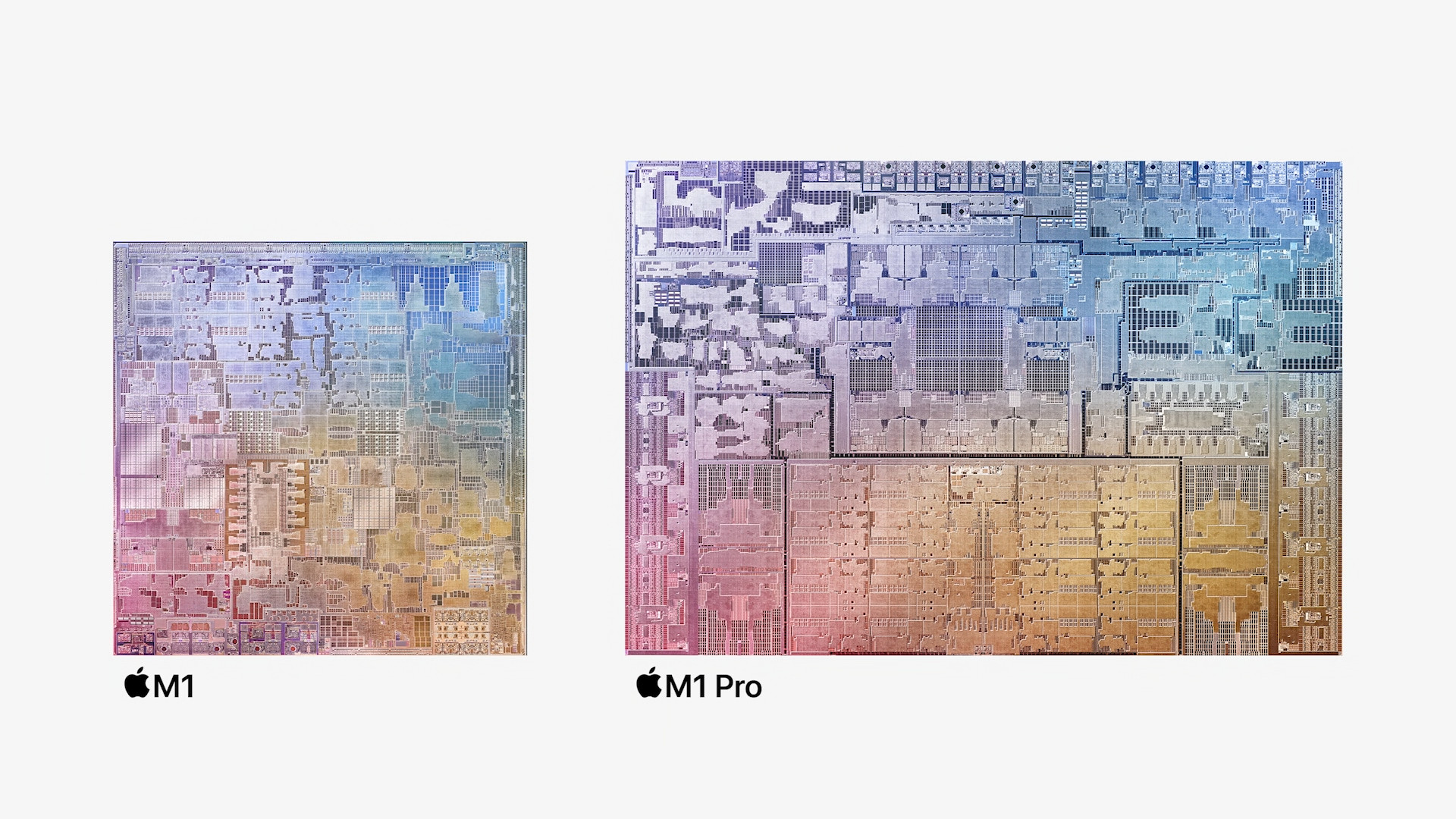
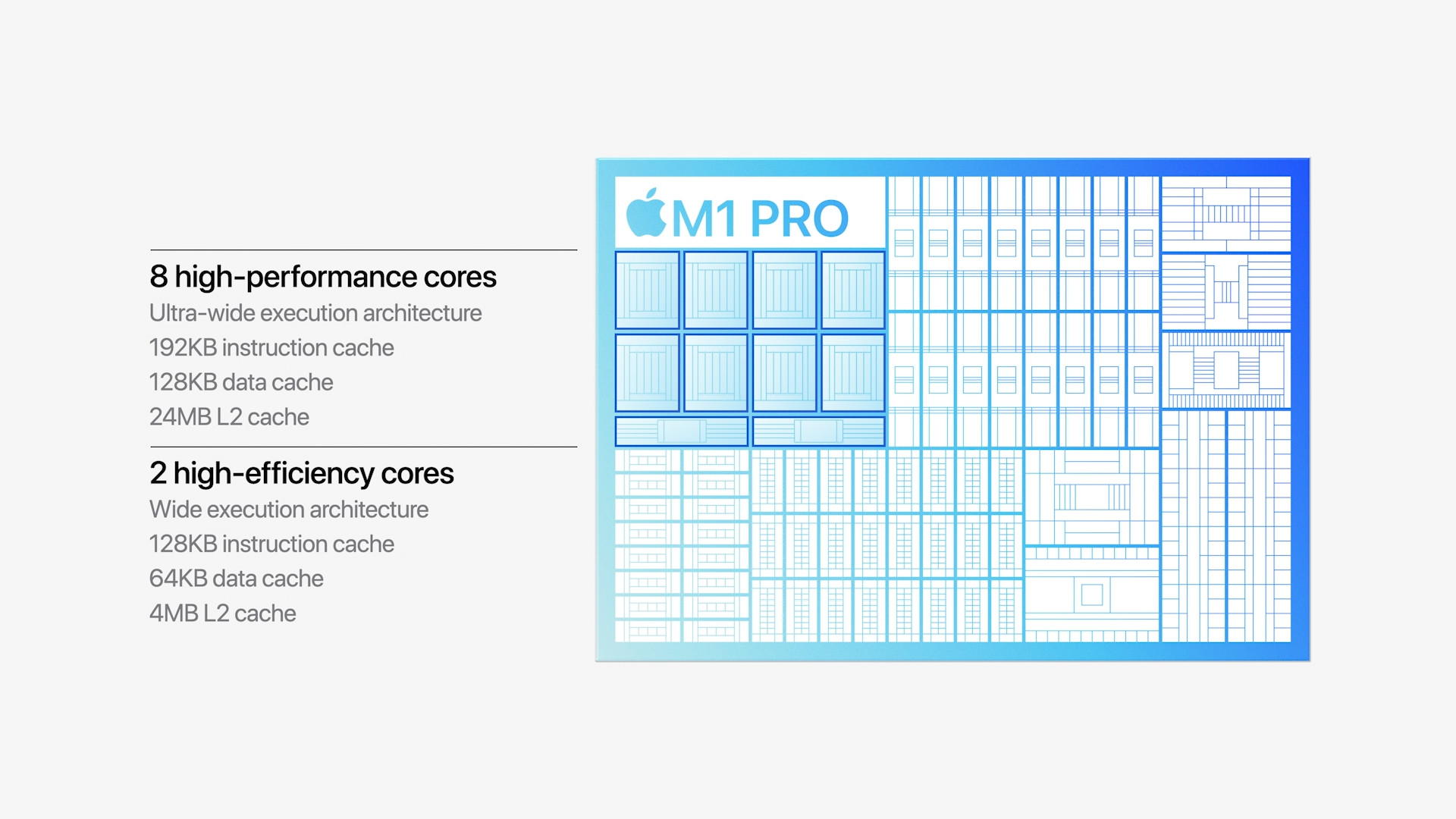
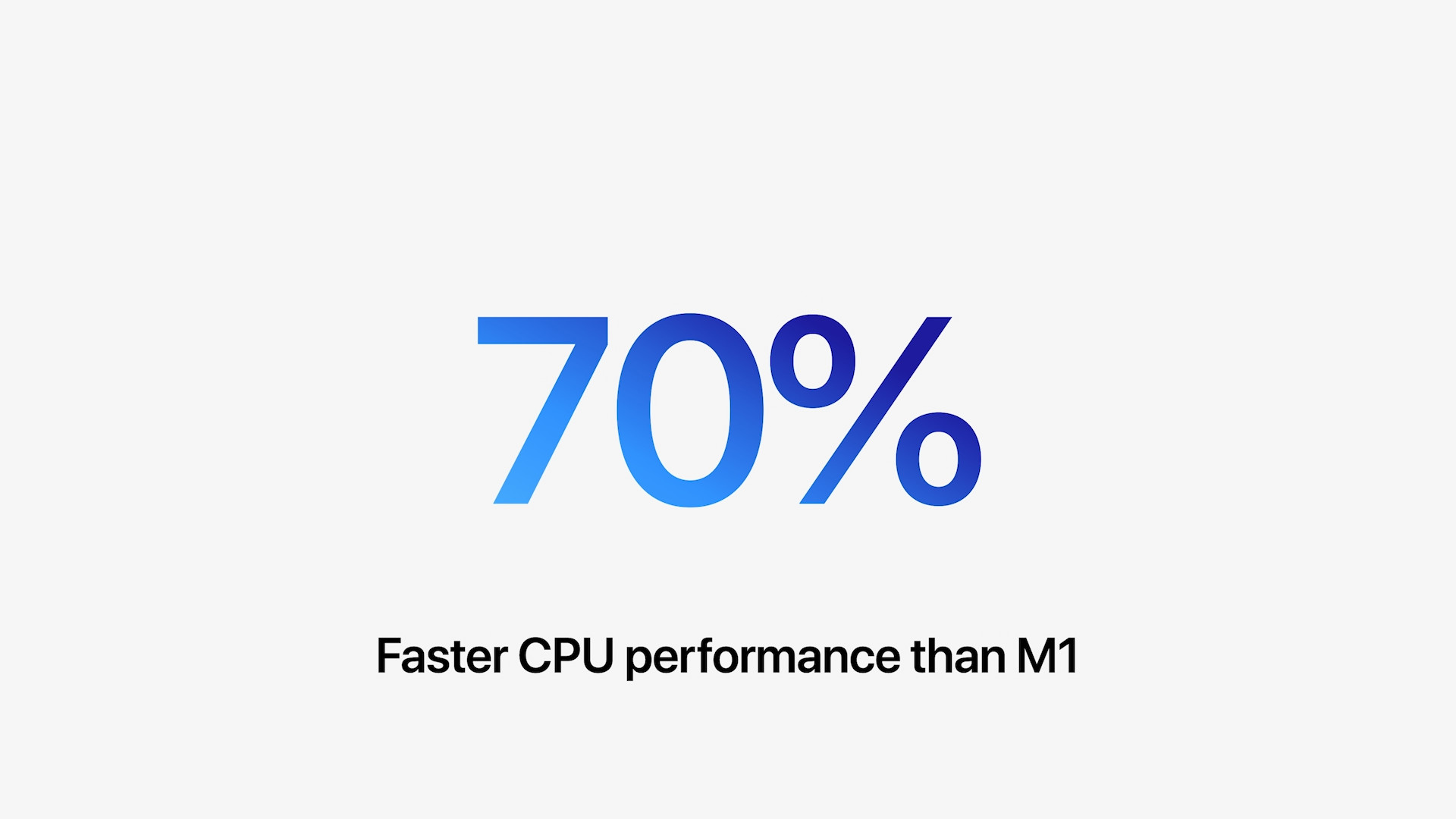
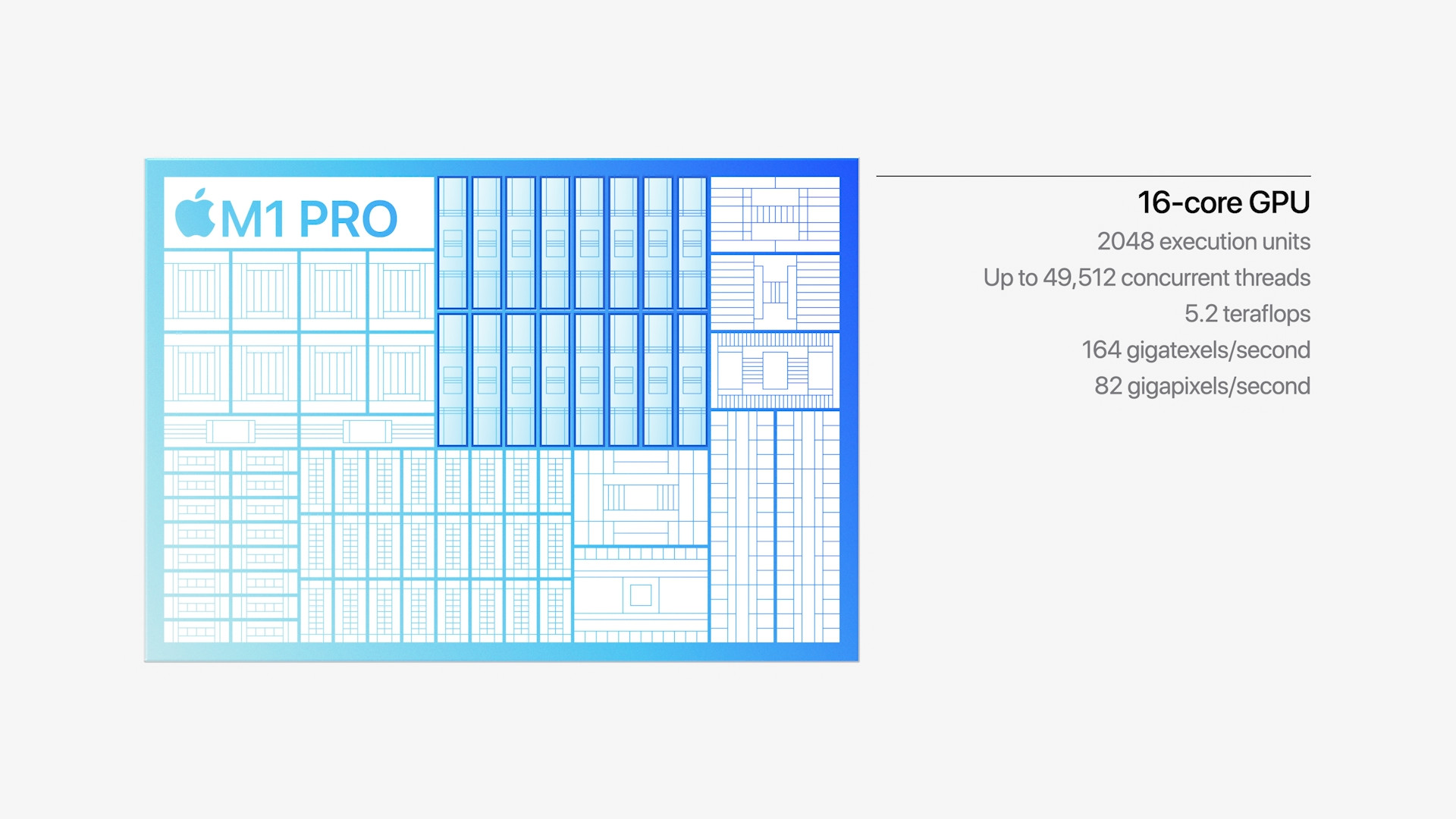
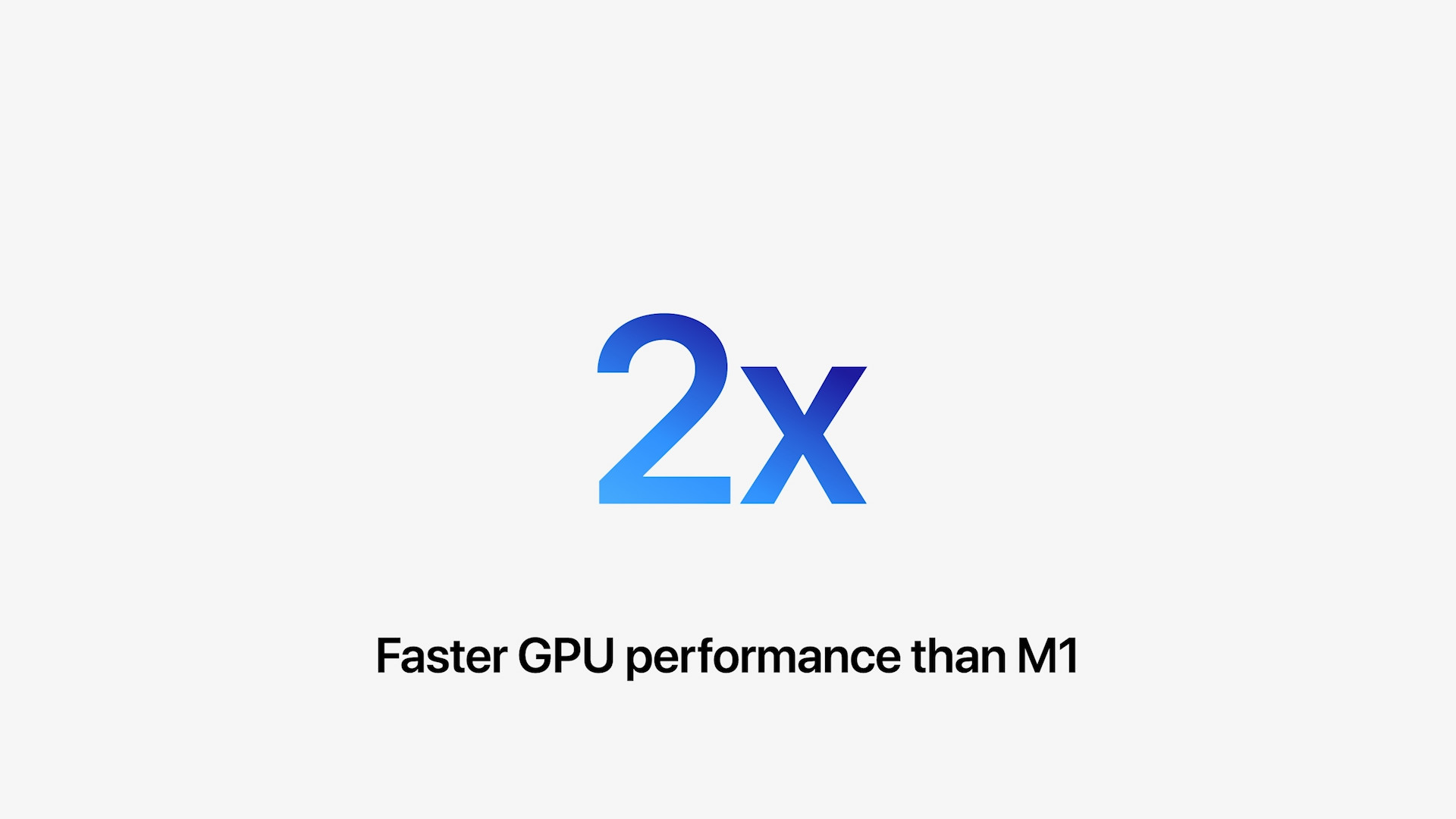
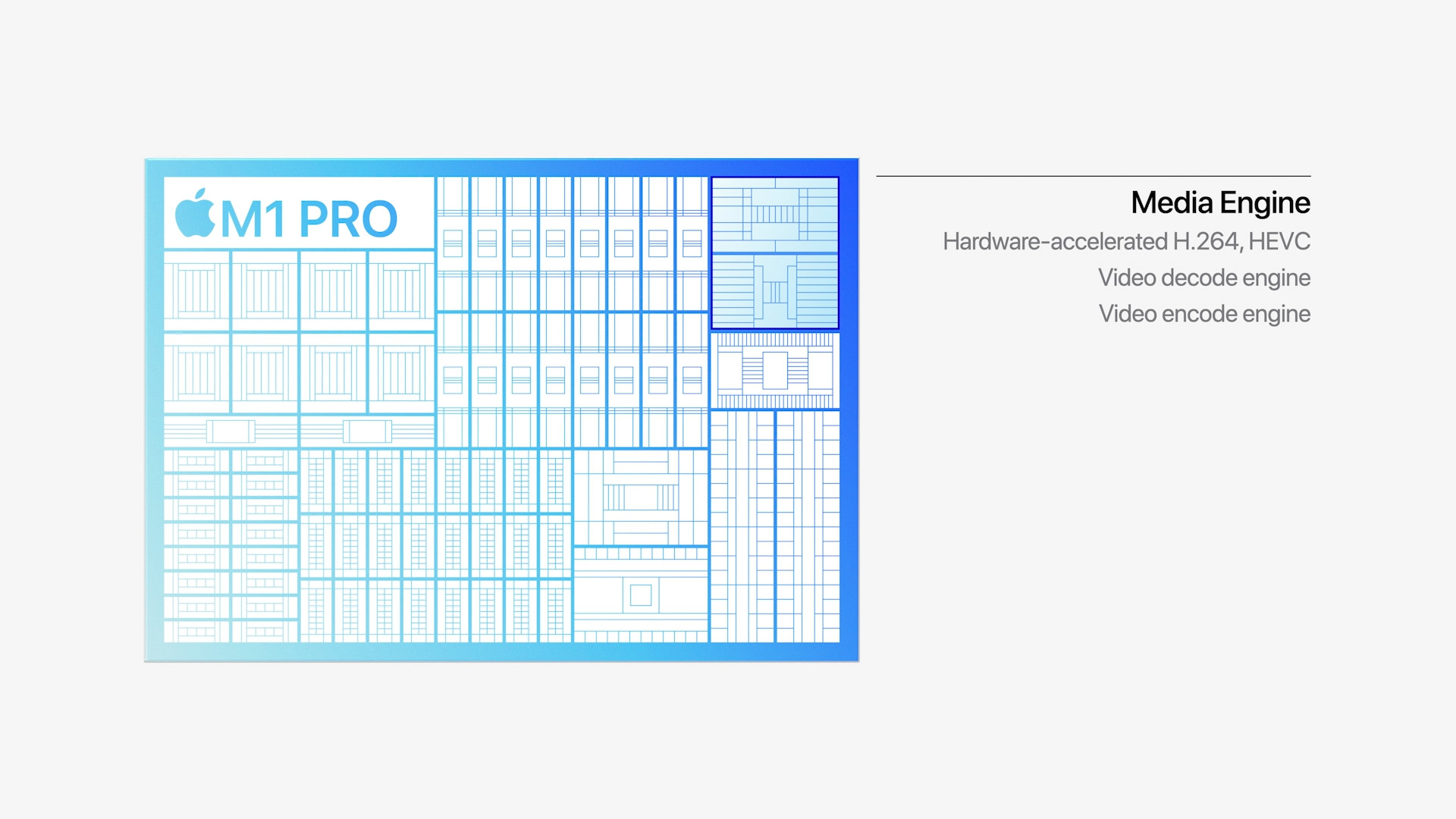

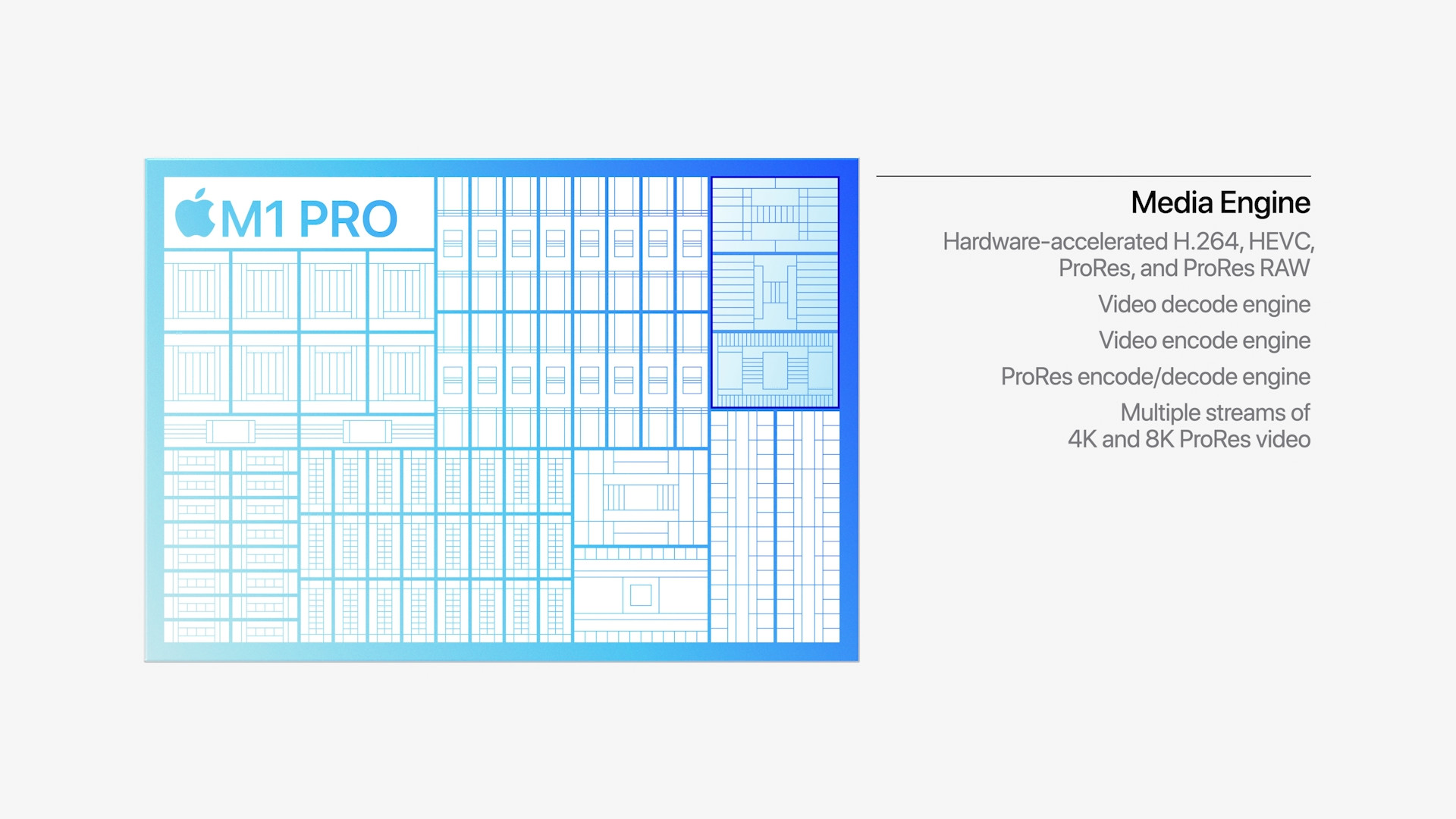

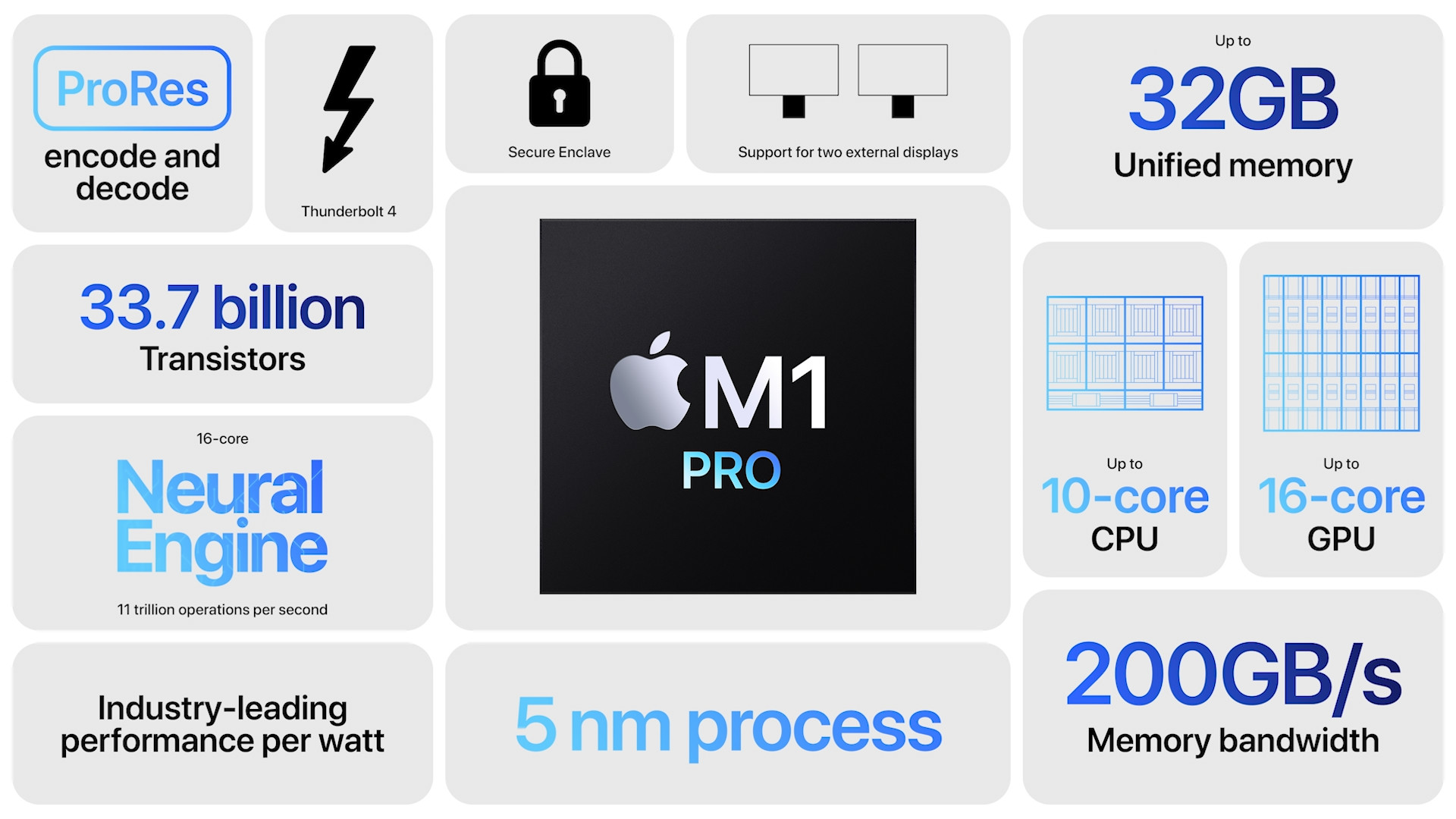
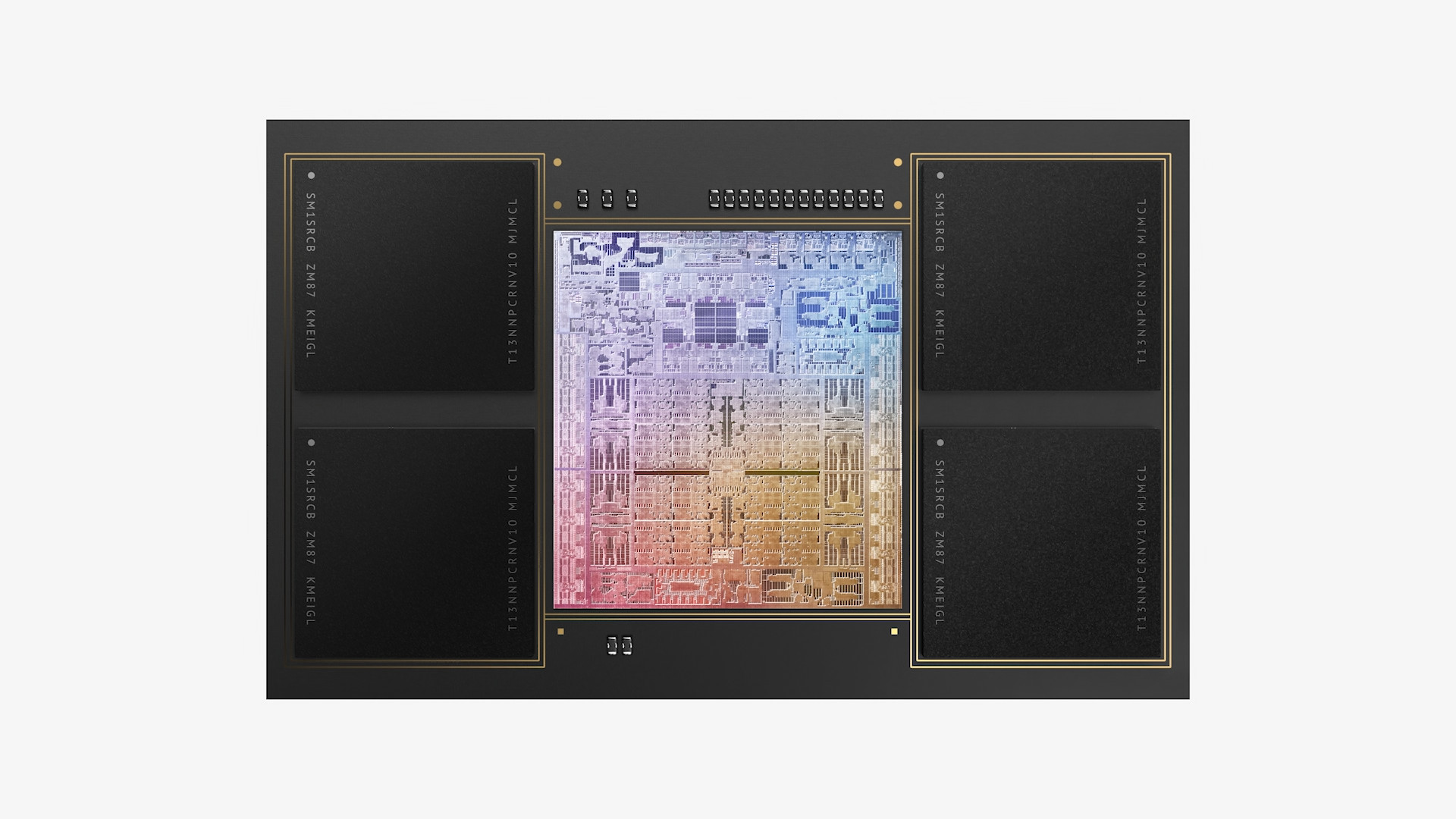

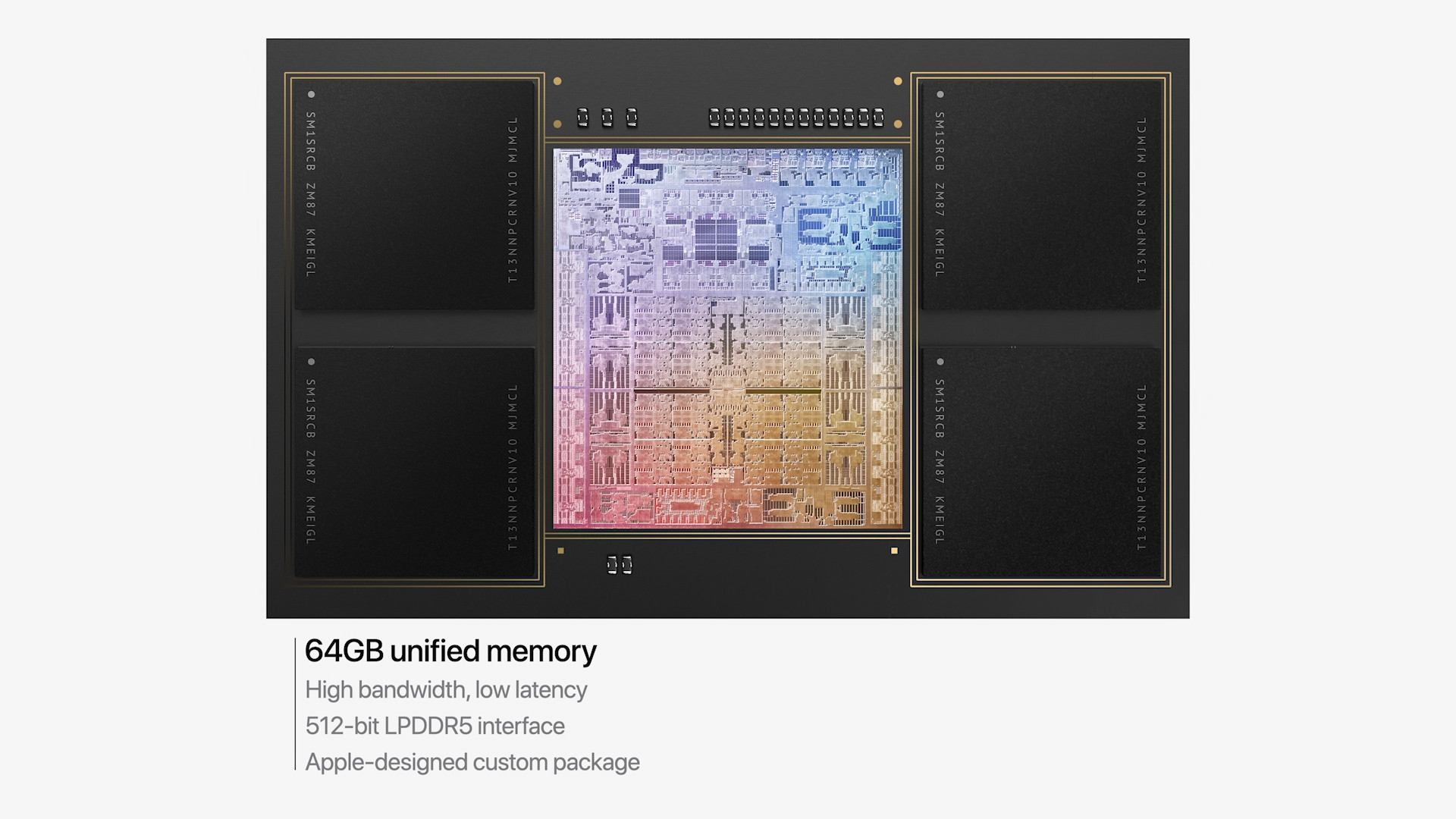
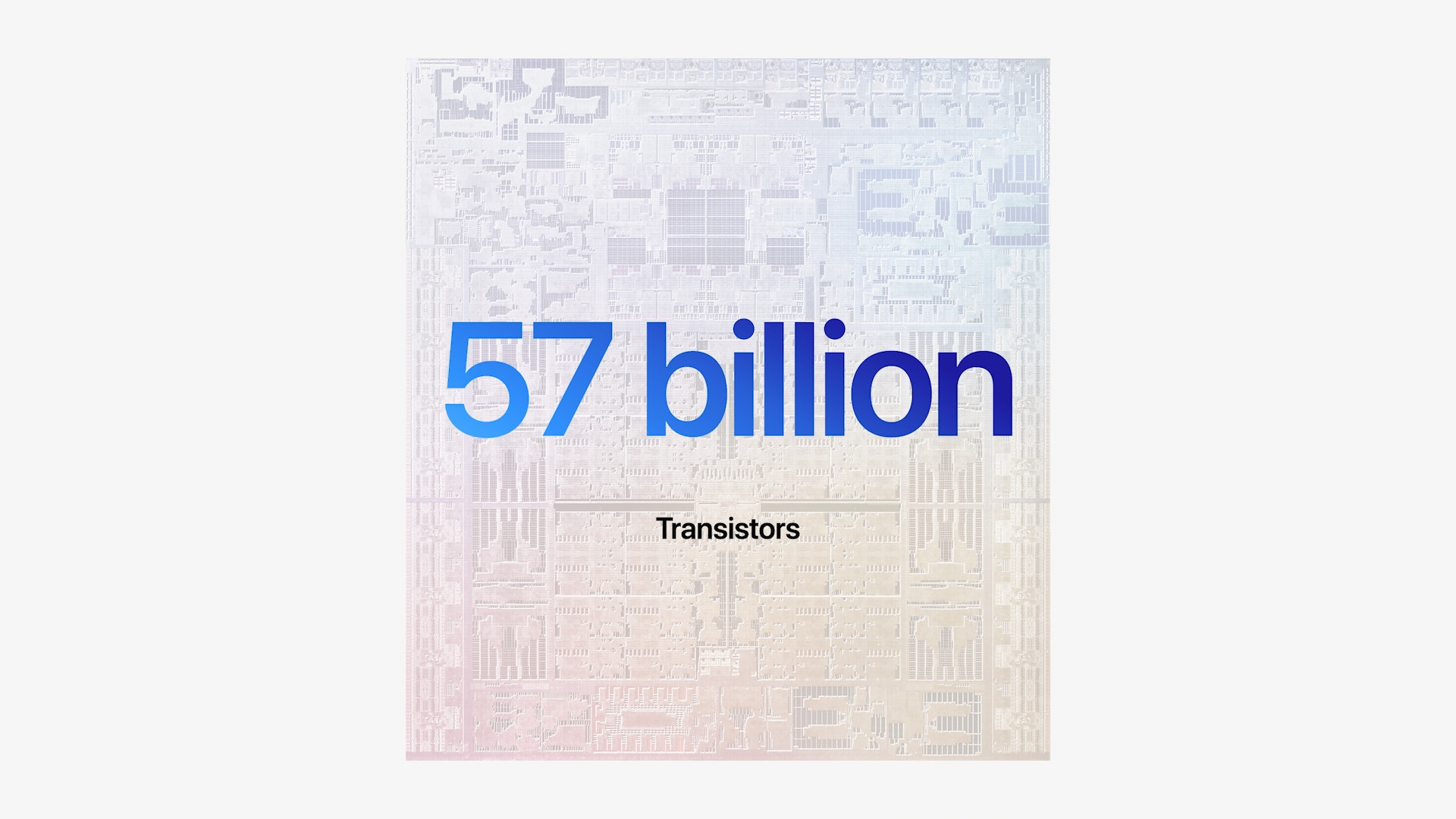
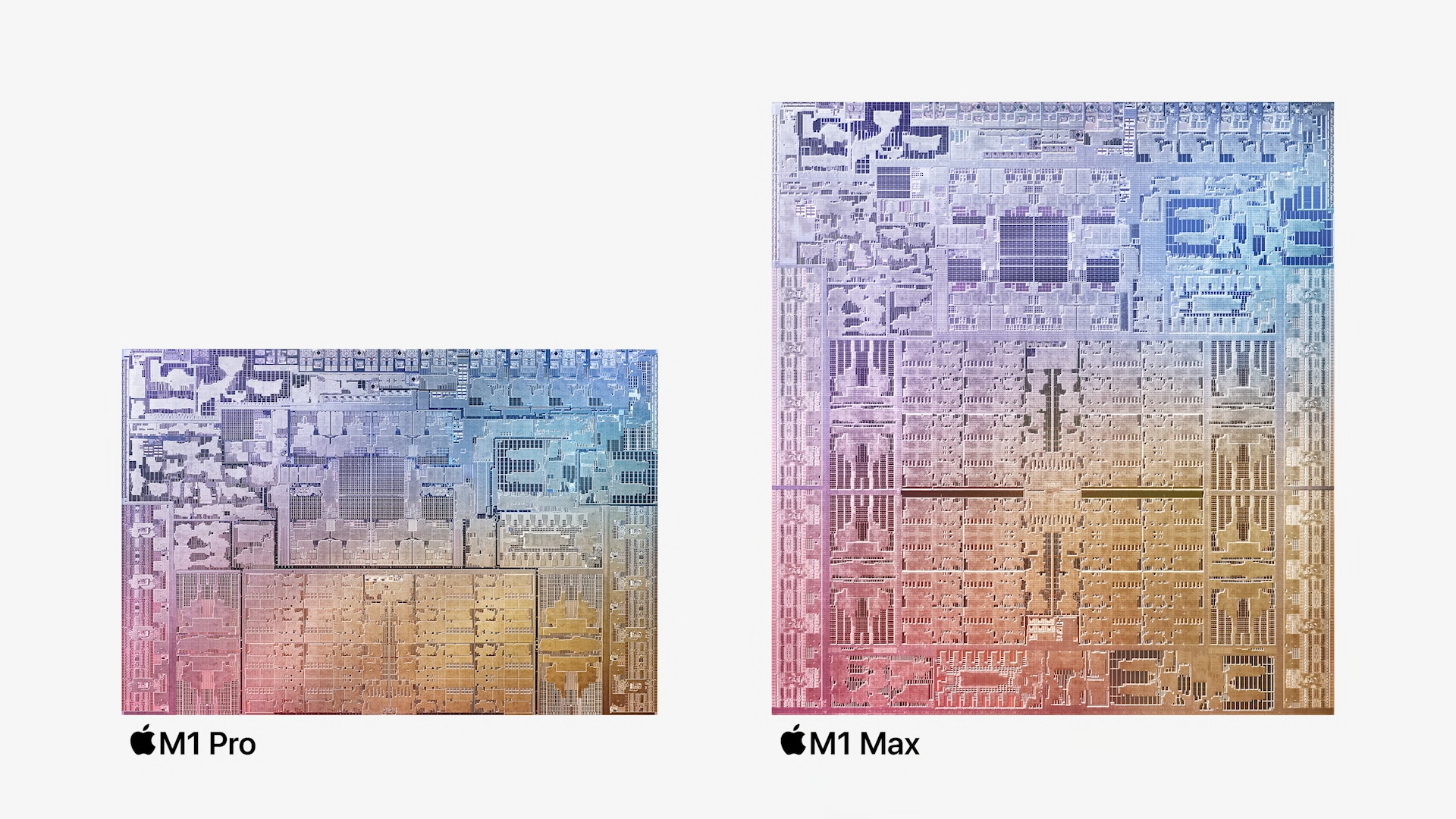
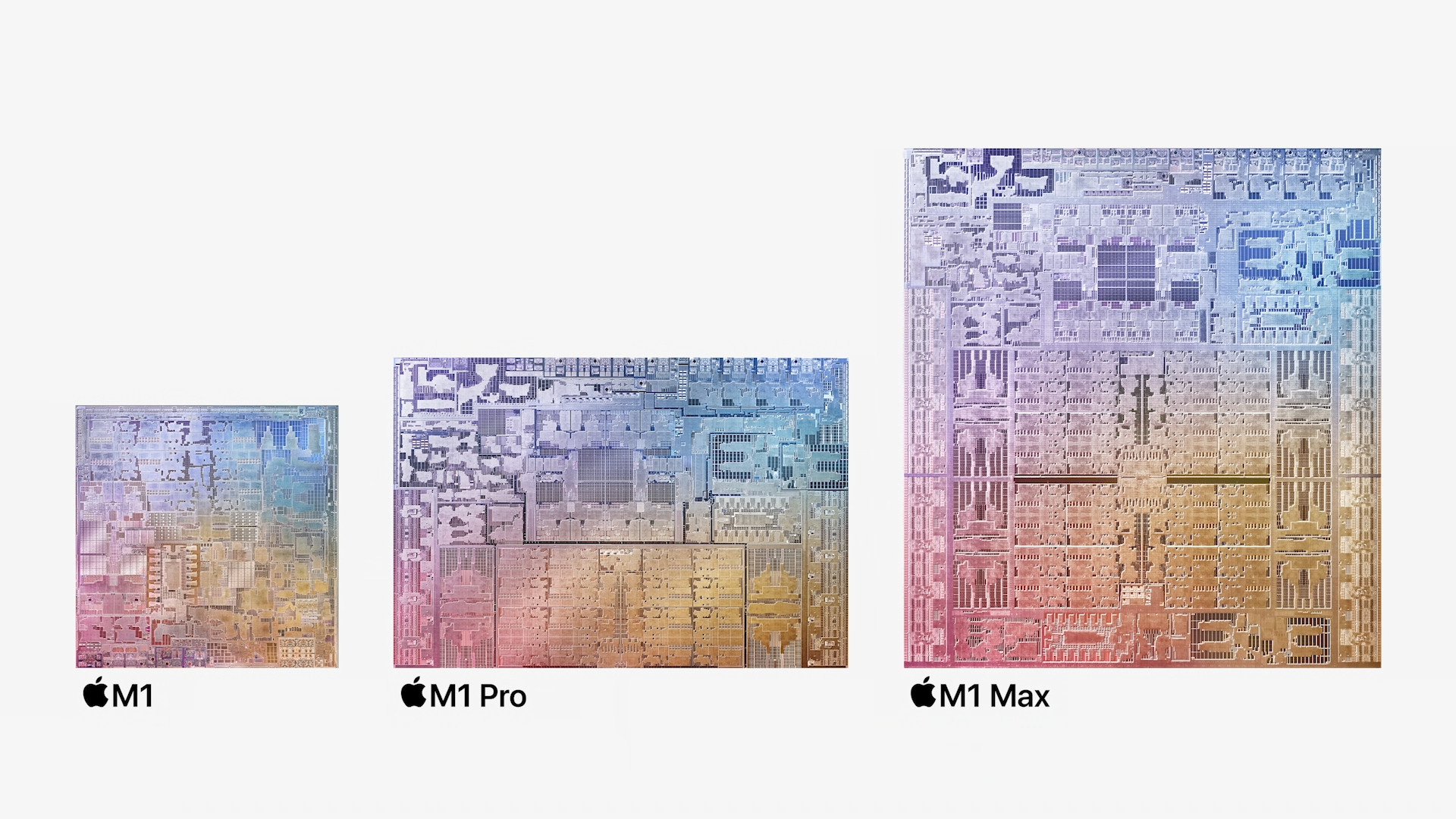
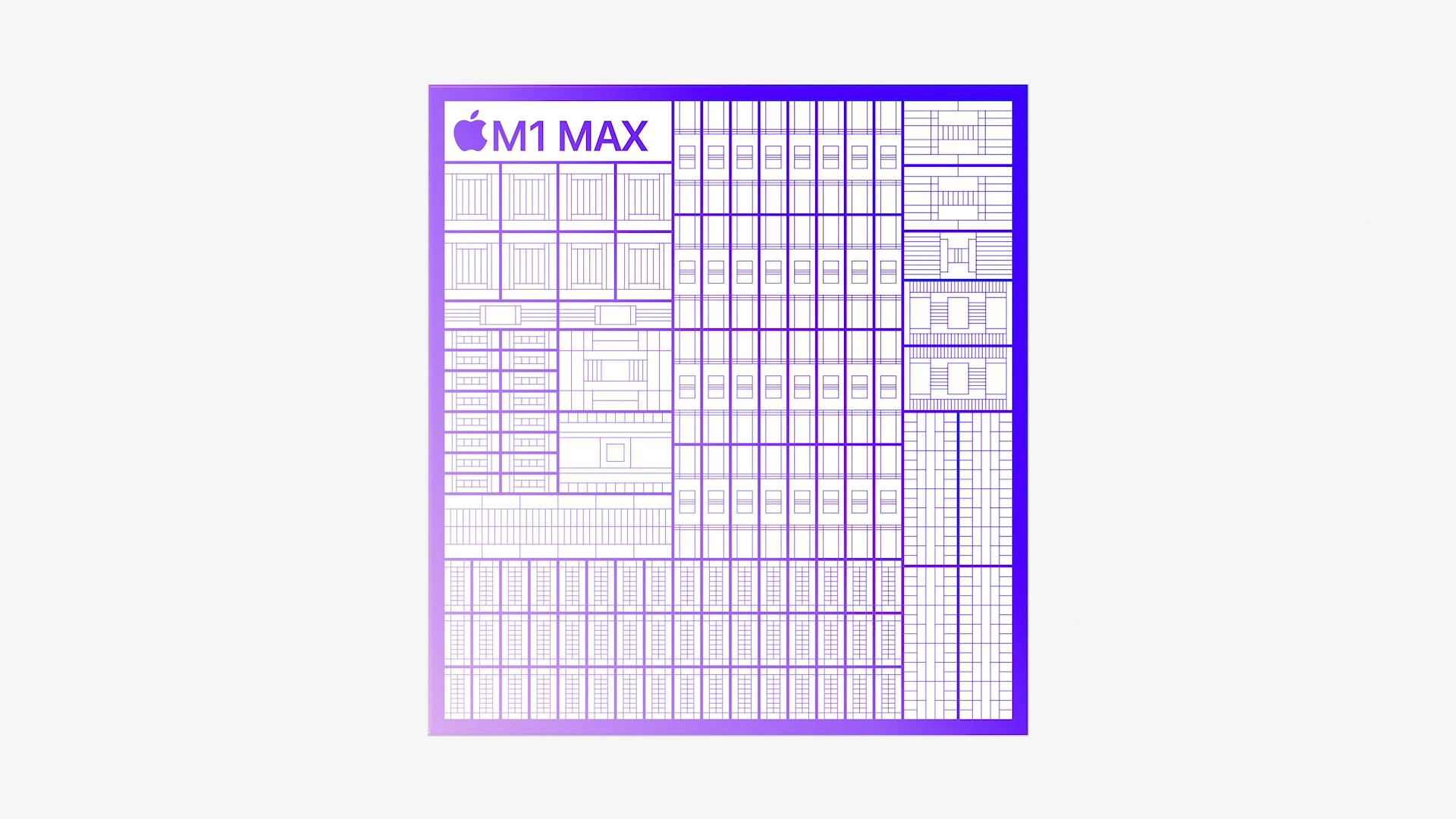
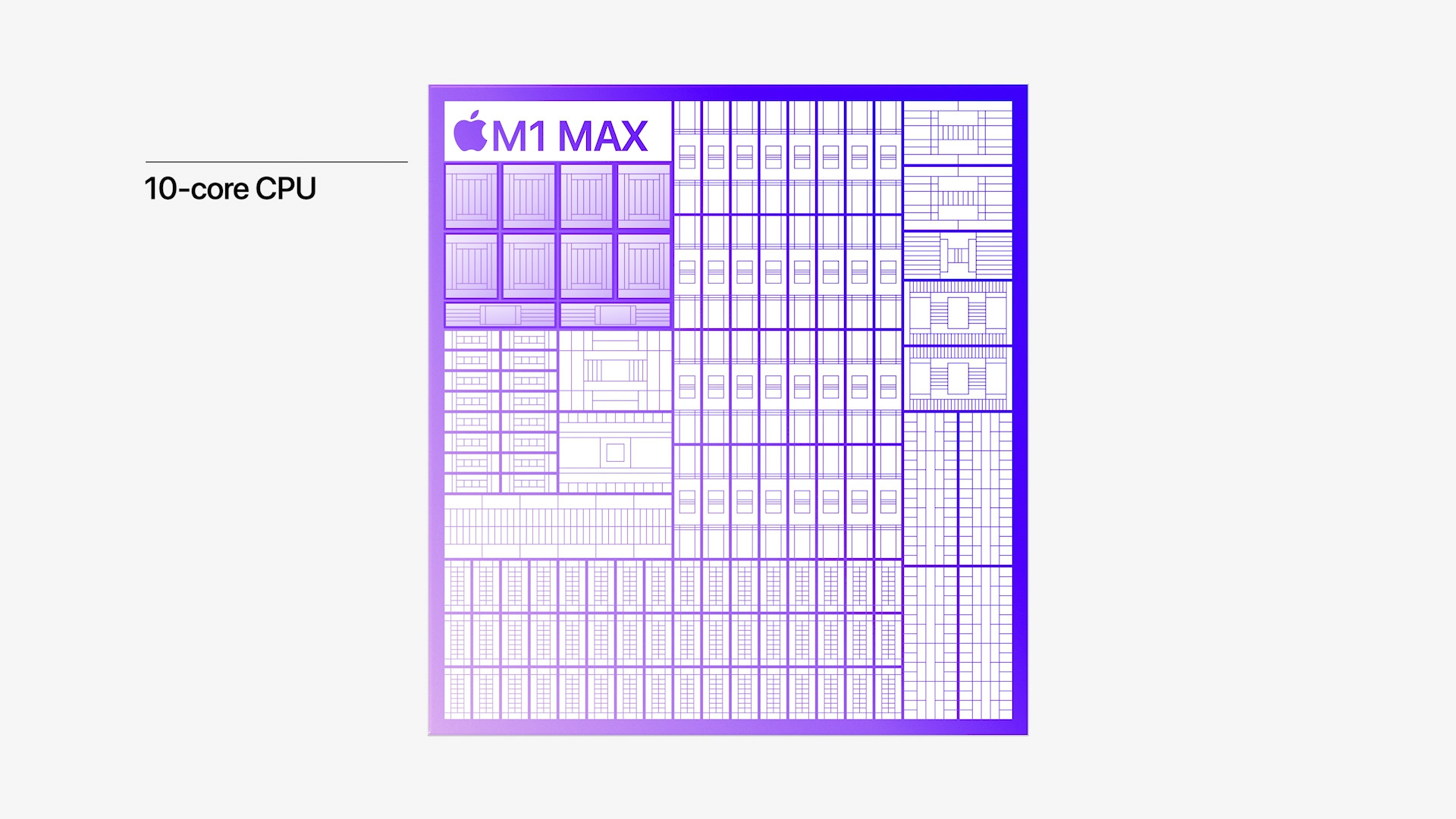

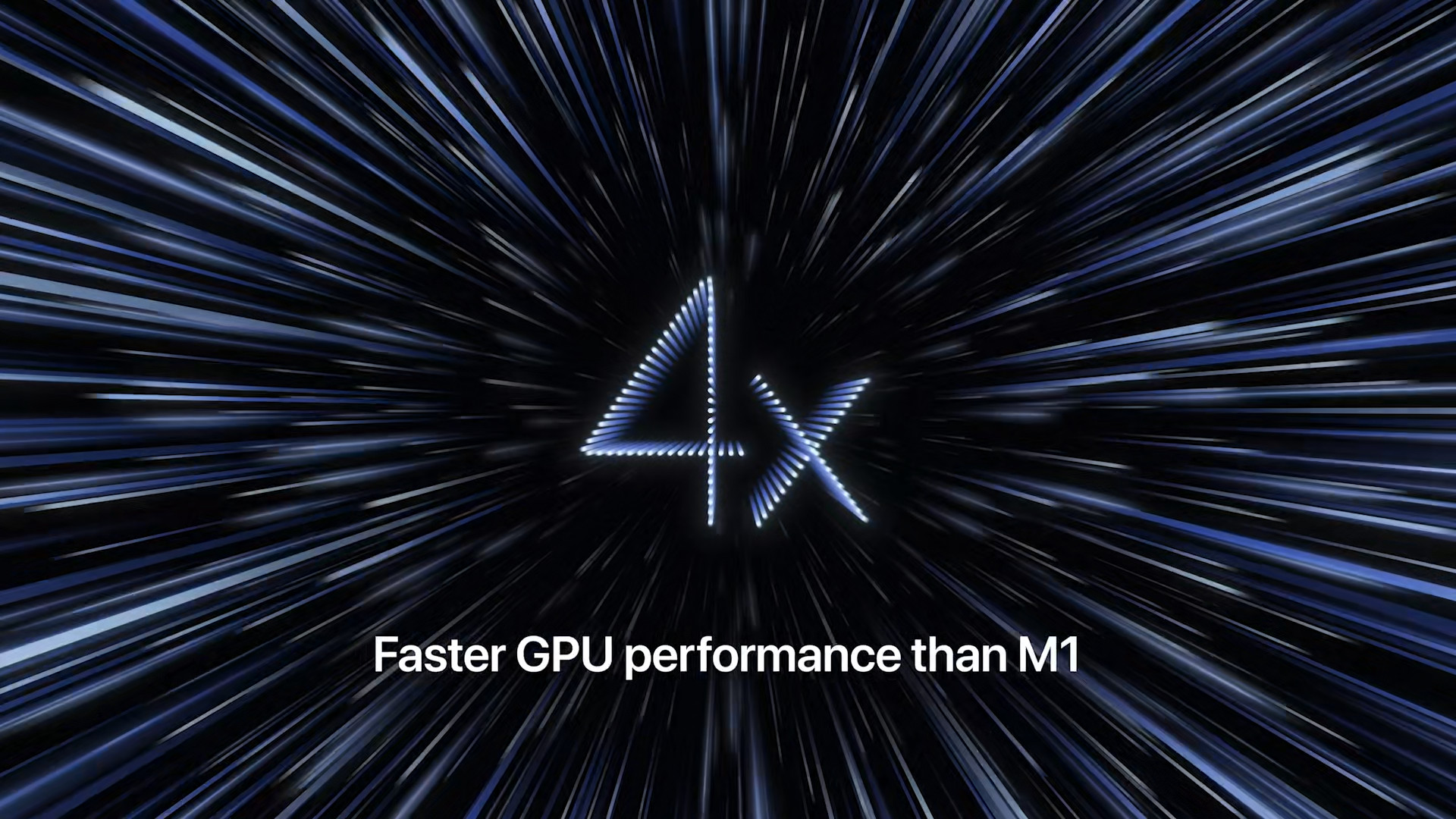
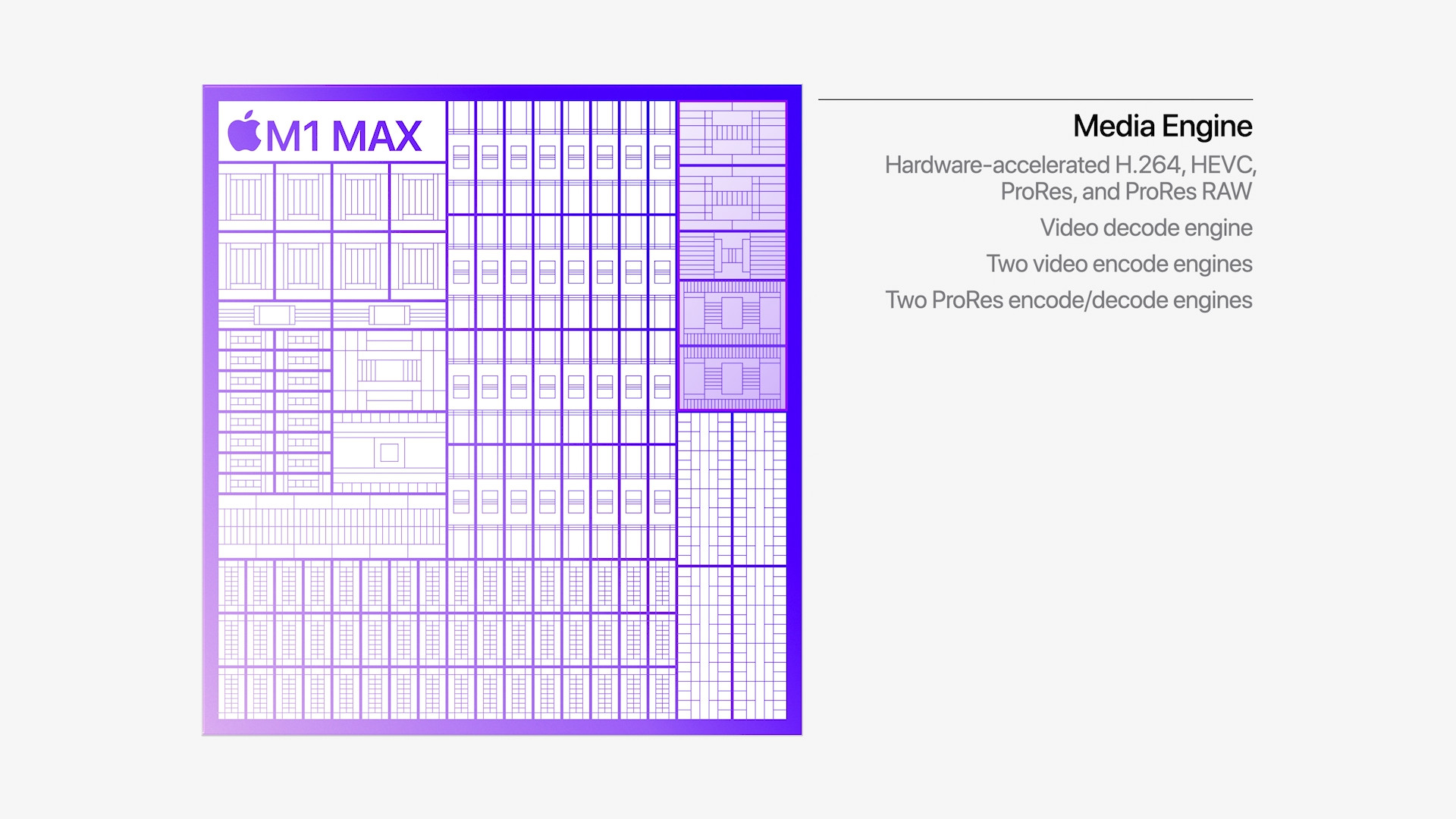
 Adam Kos
Adam Kos 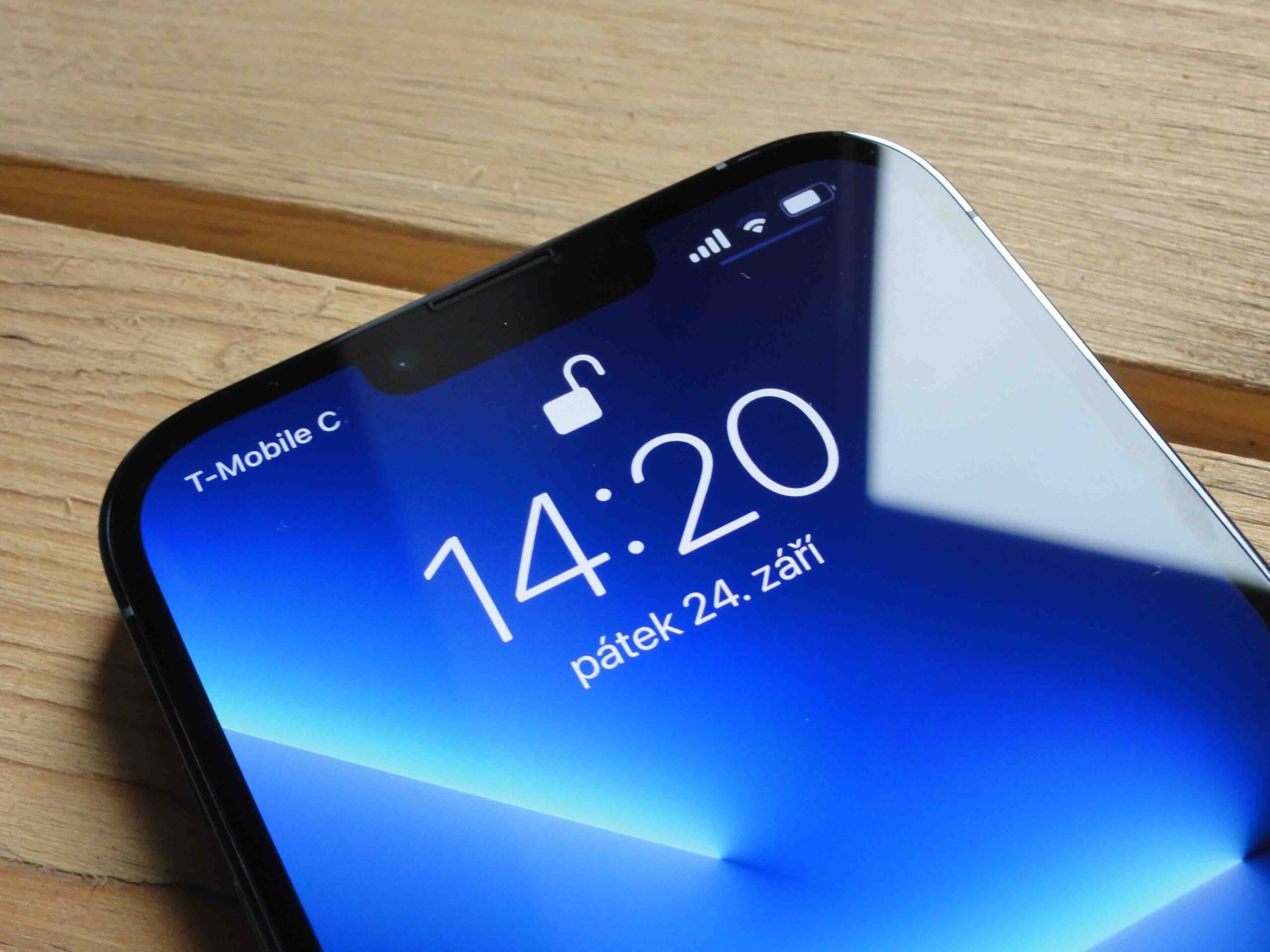
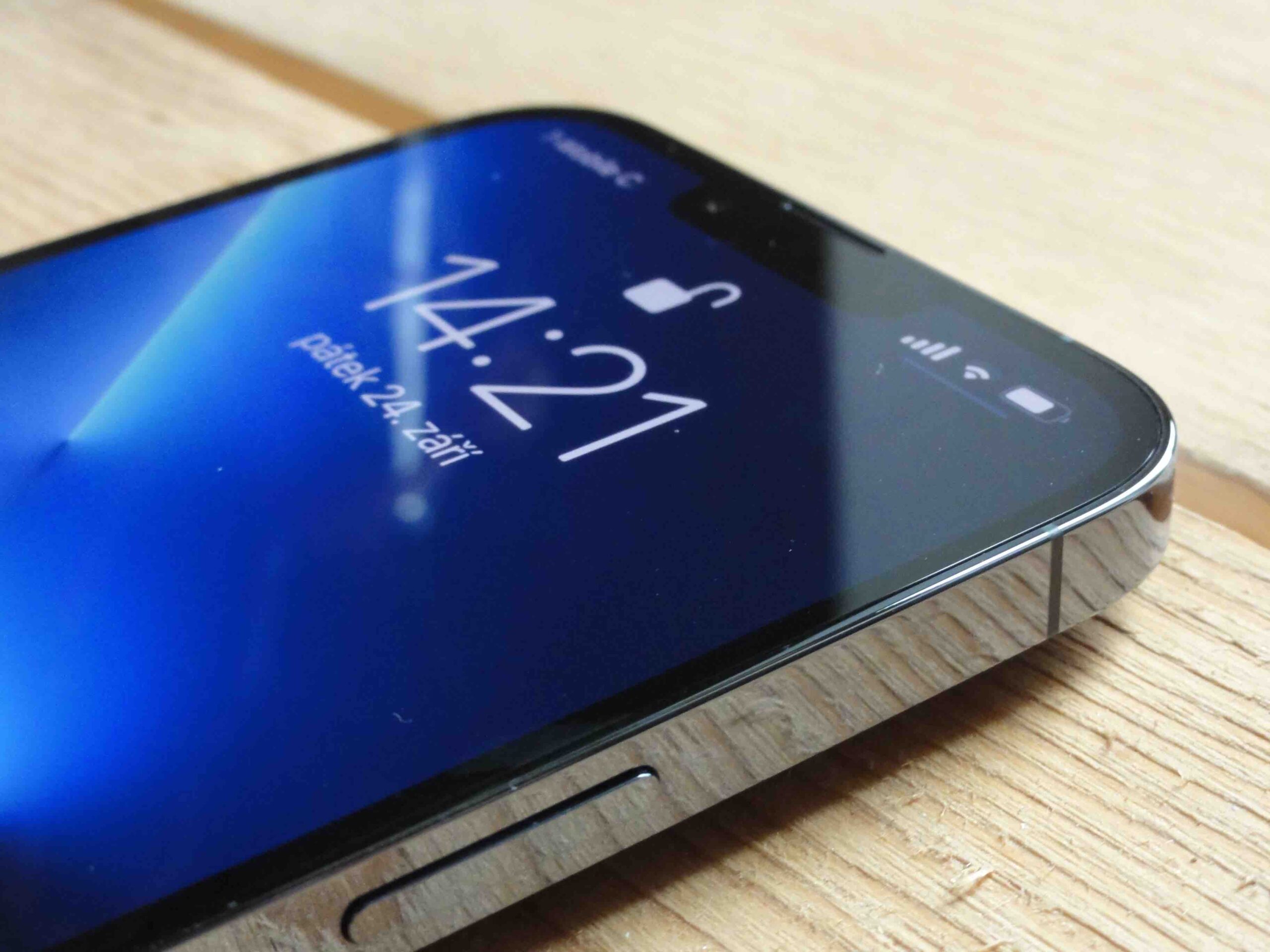
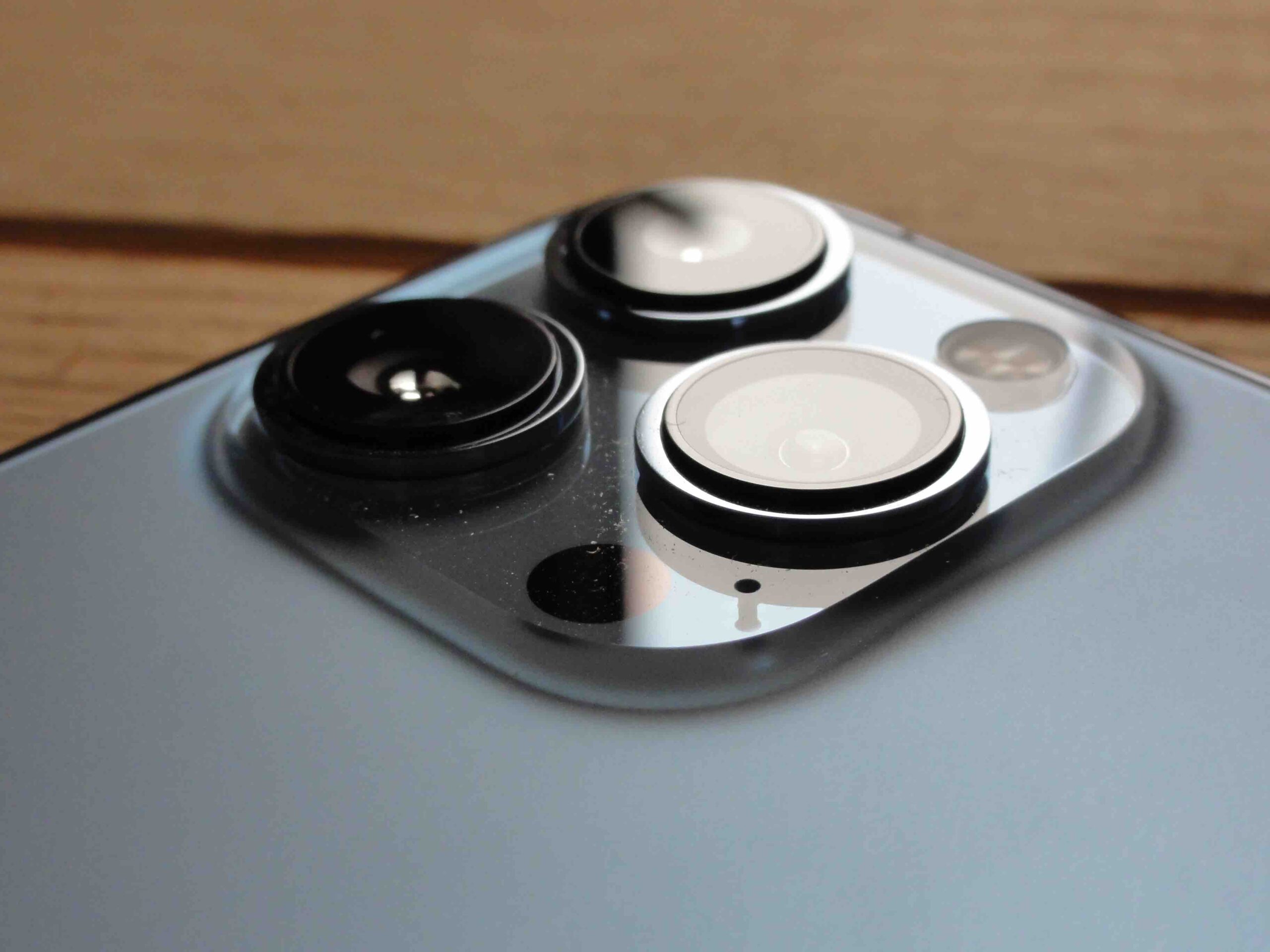
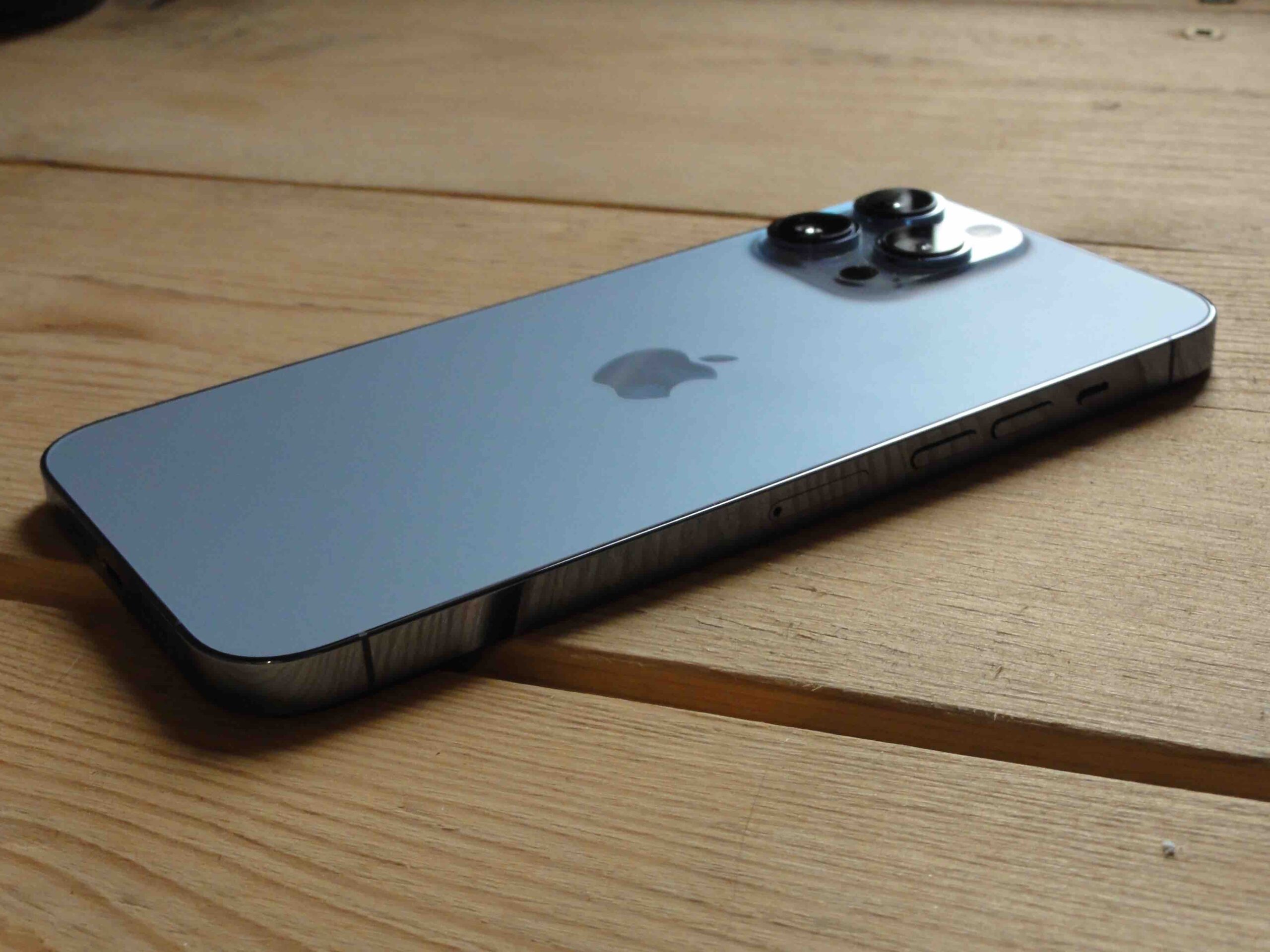



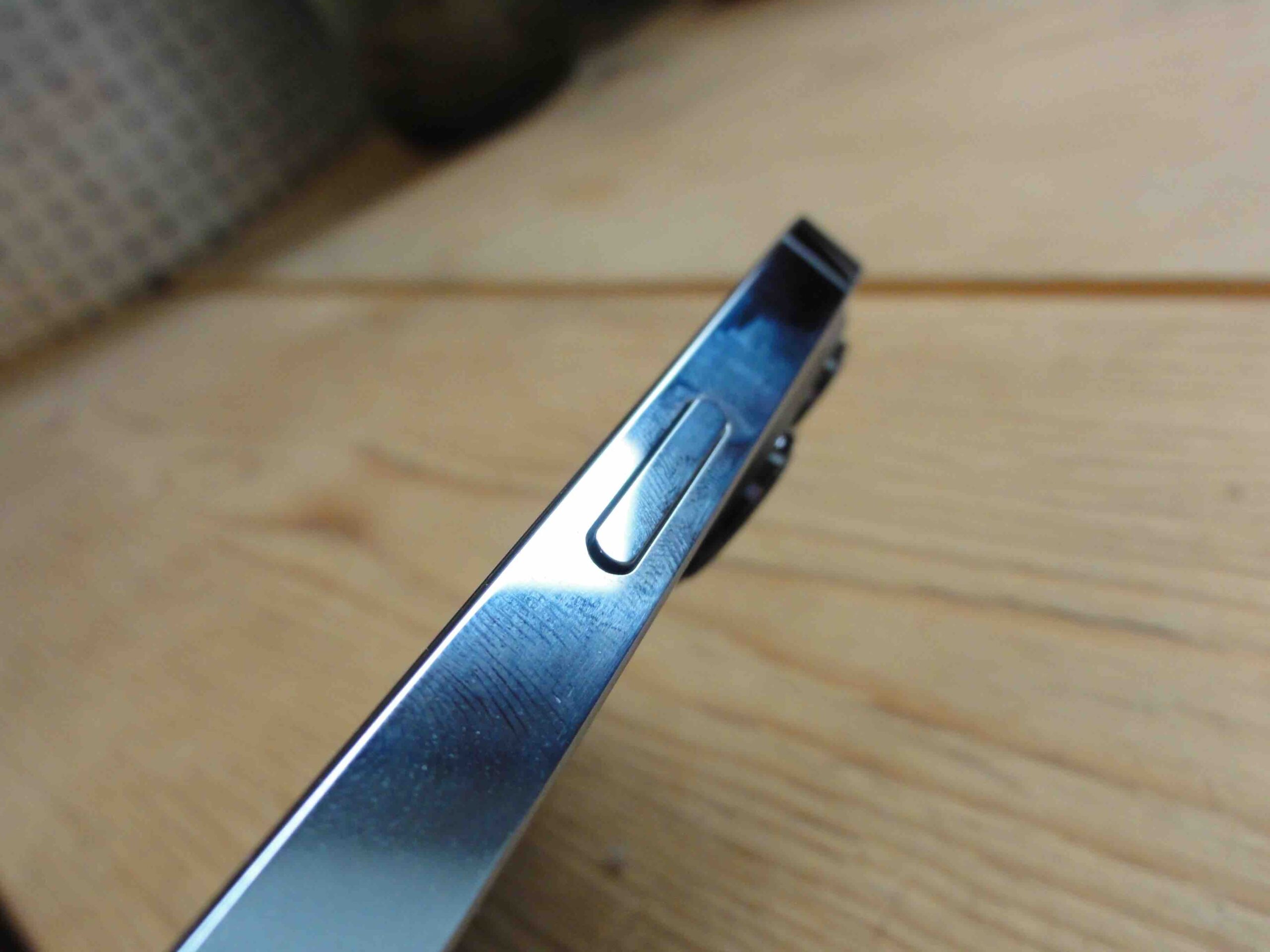
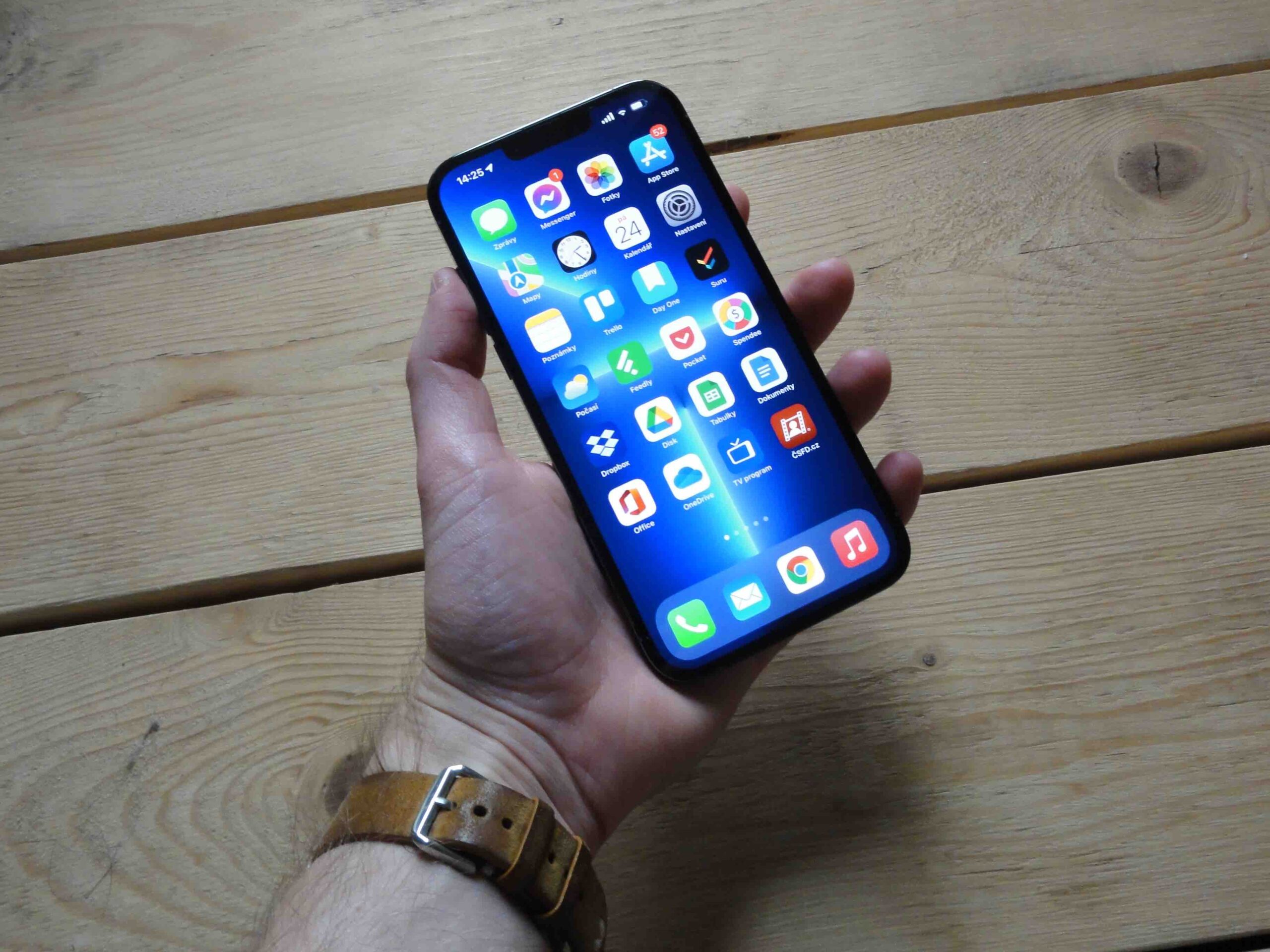
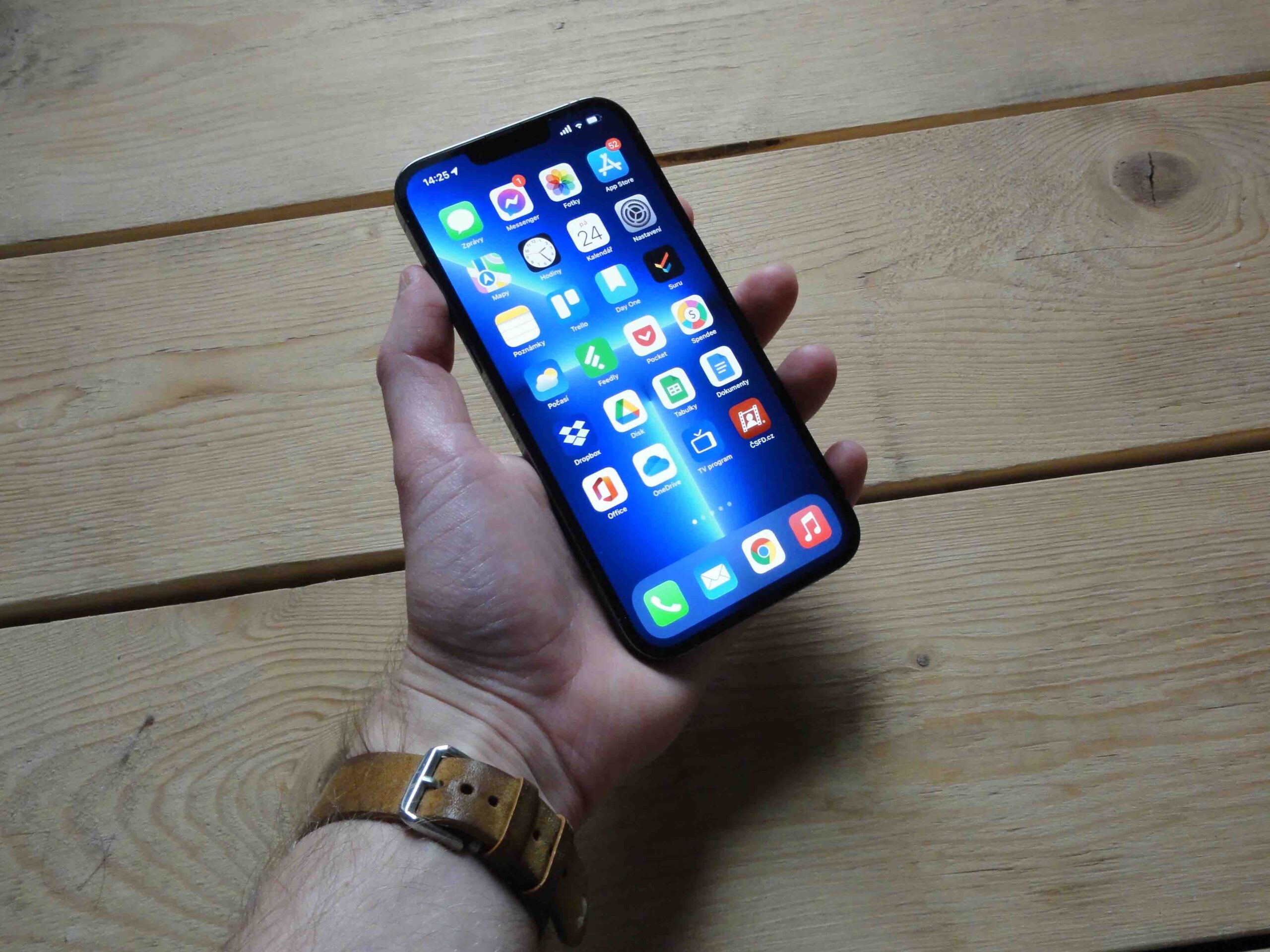
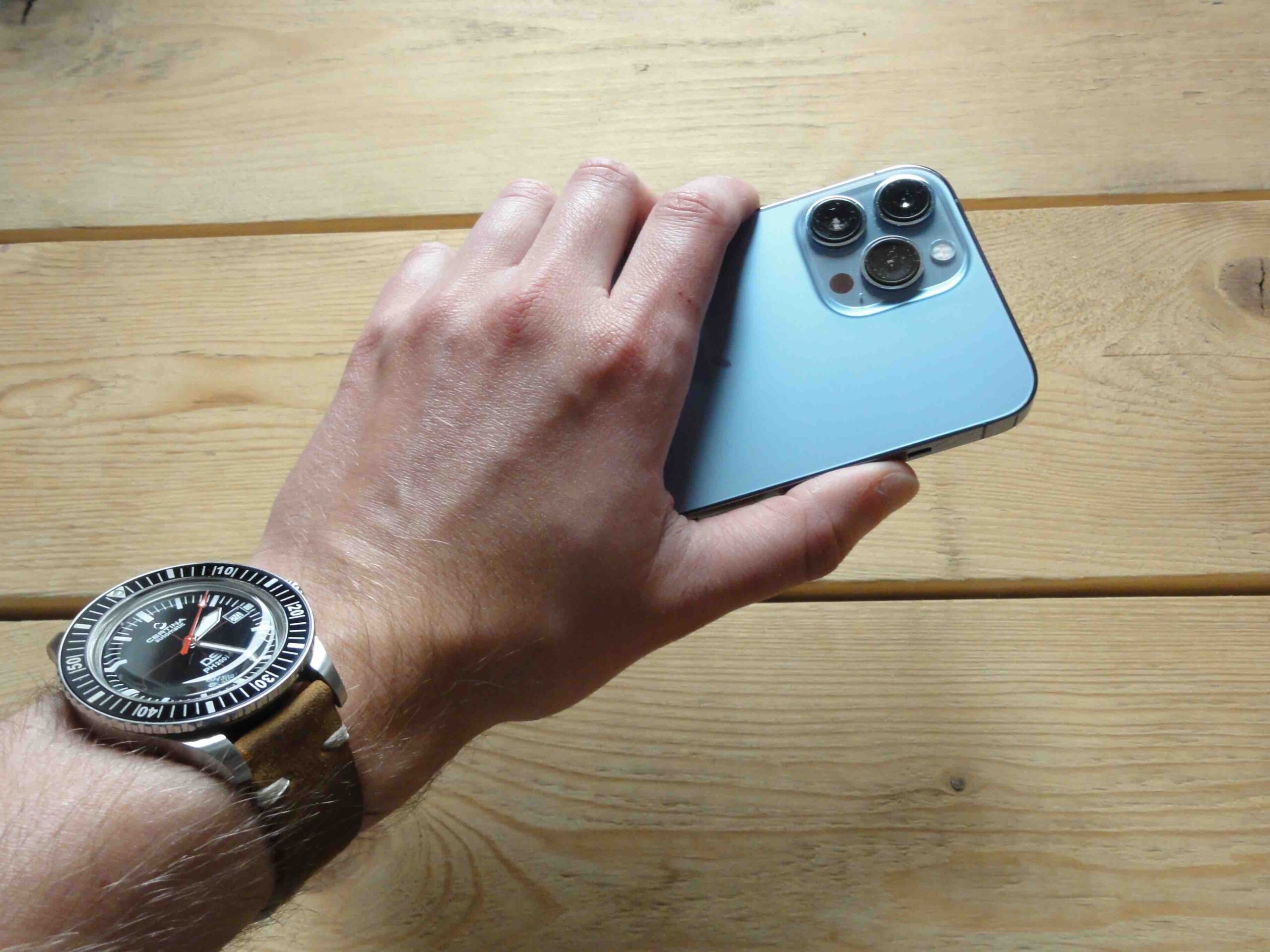
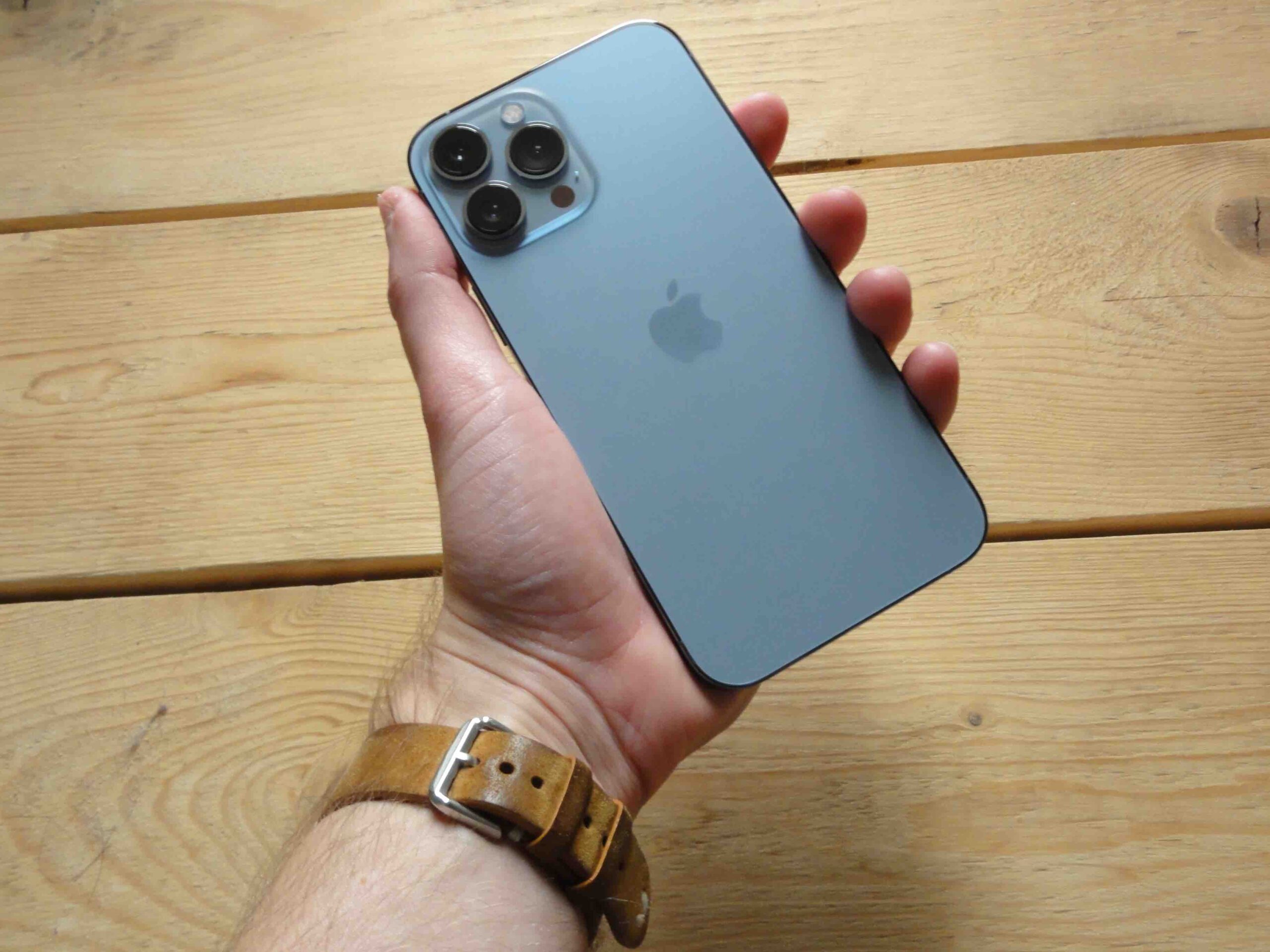
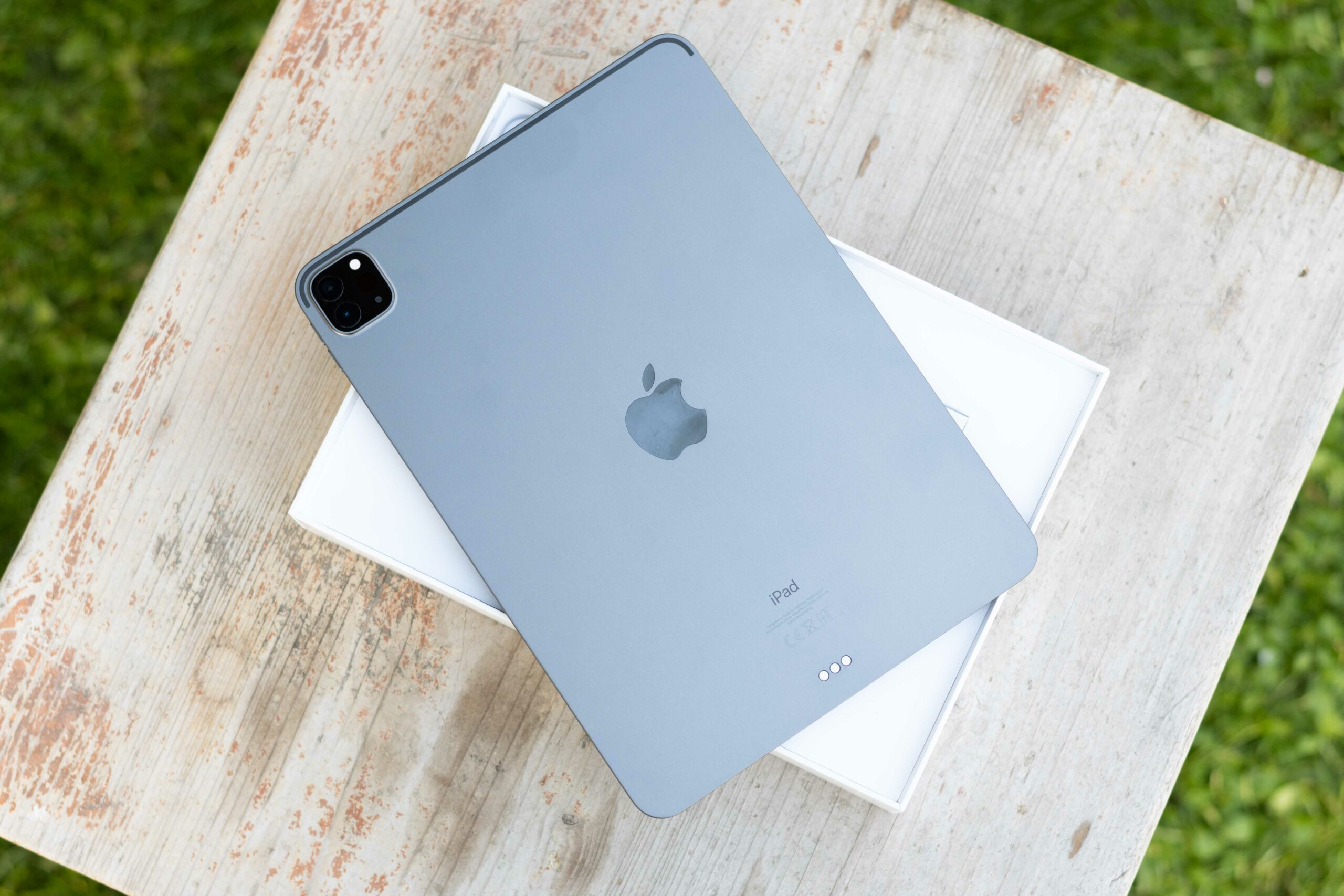
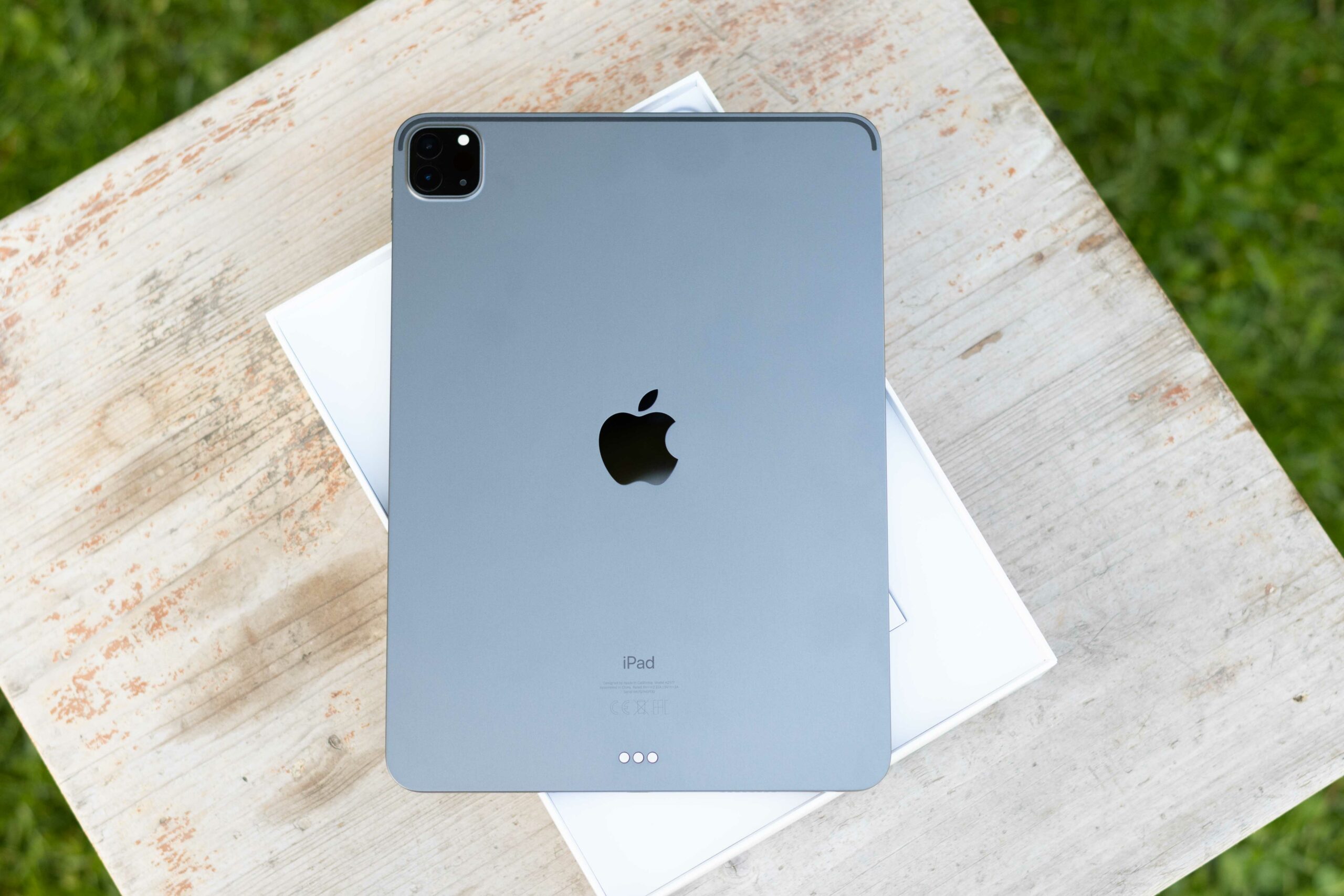
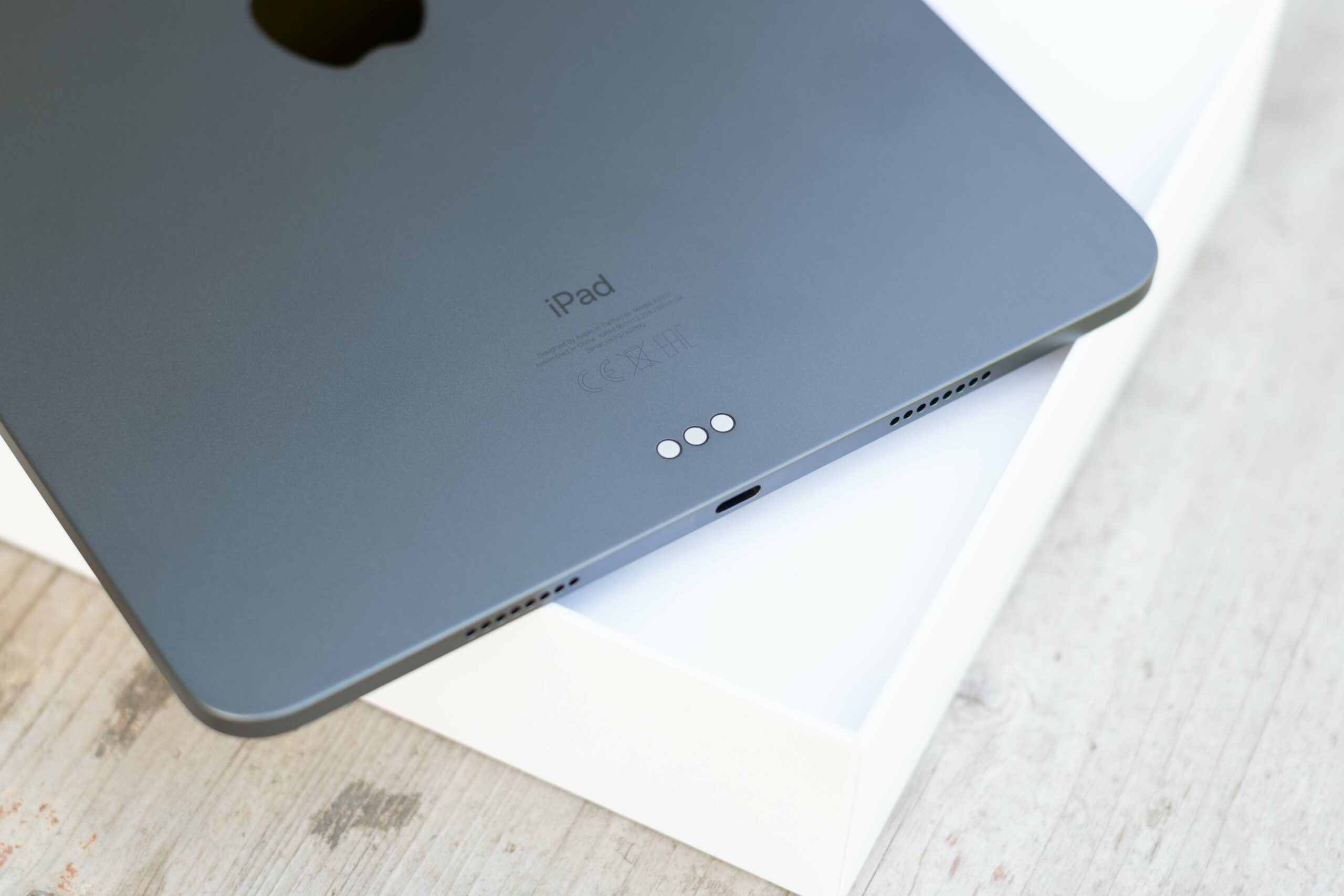


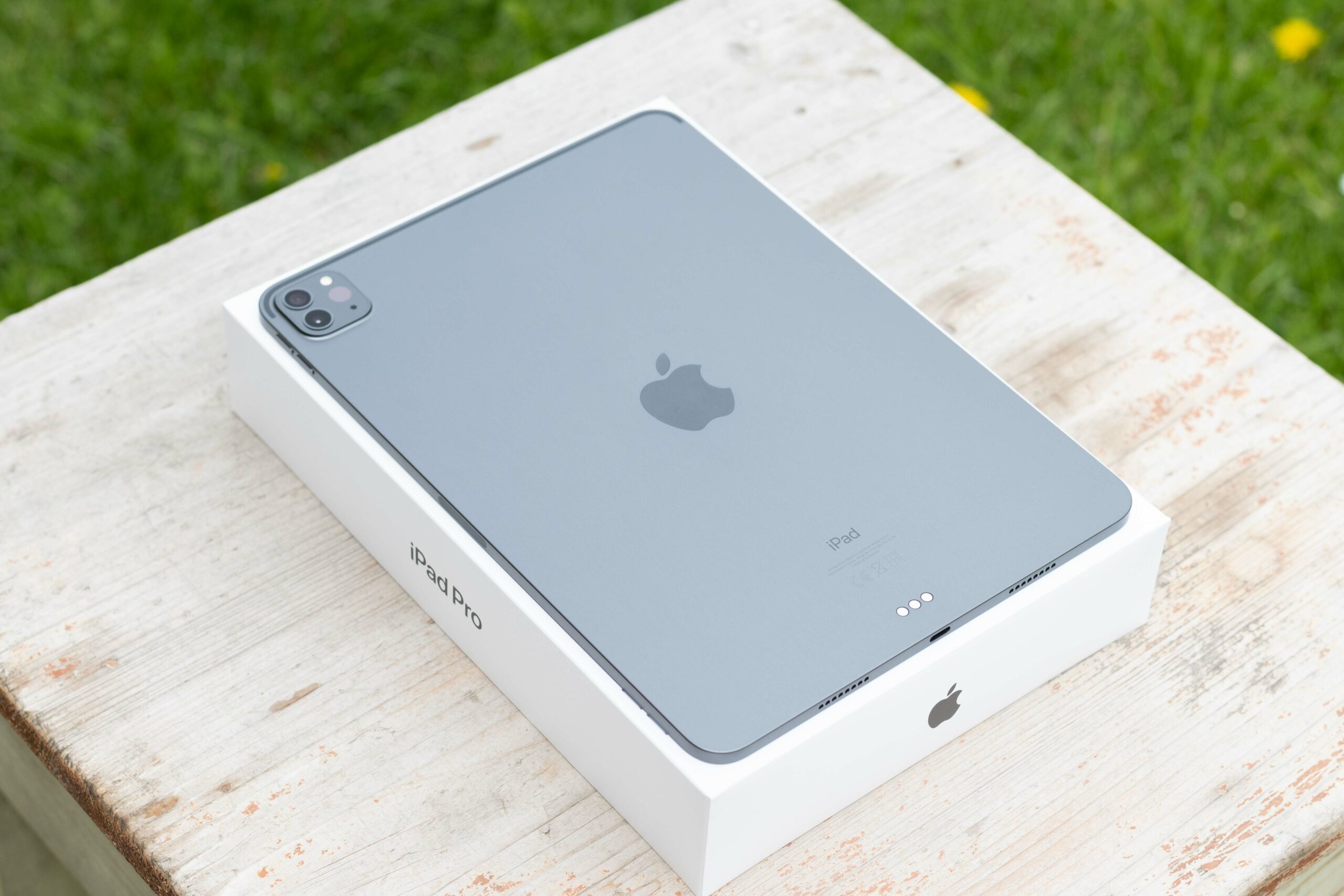
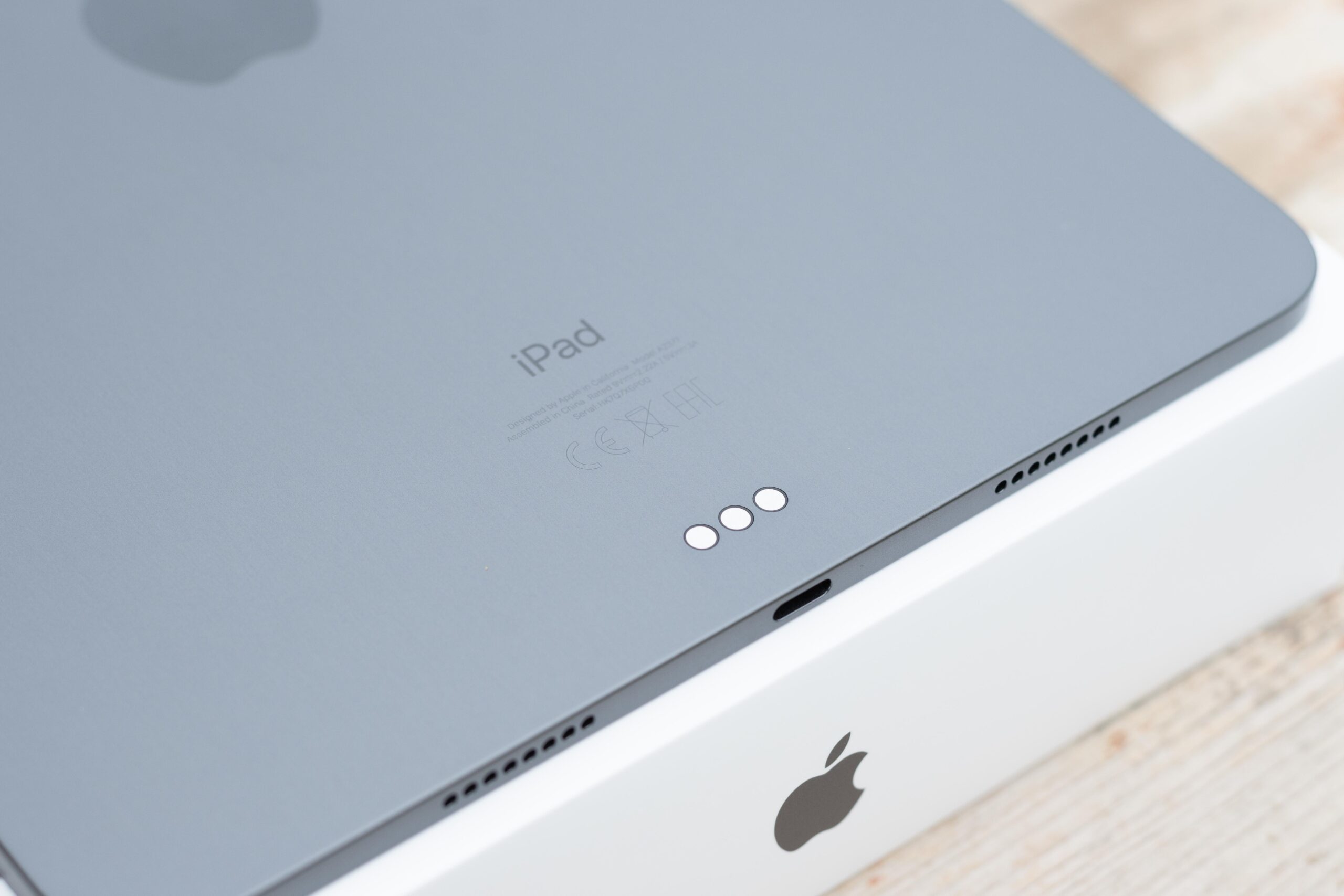
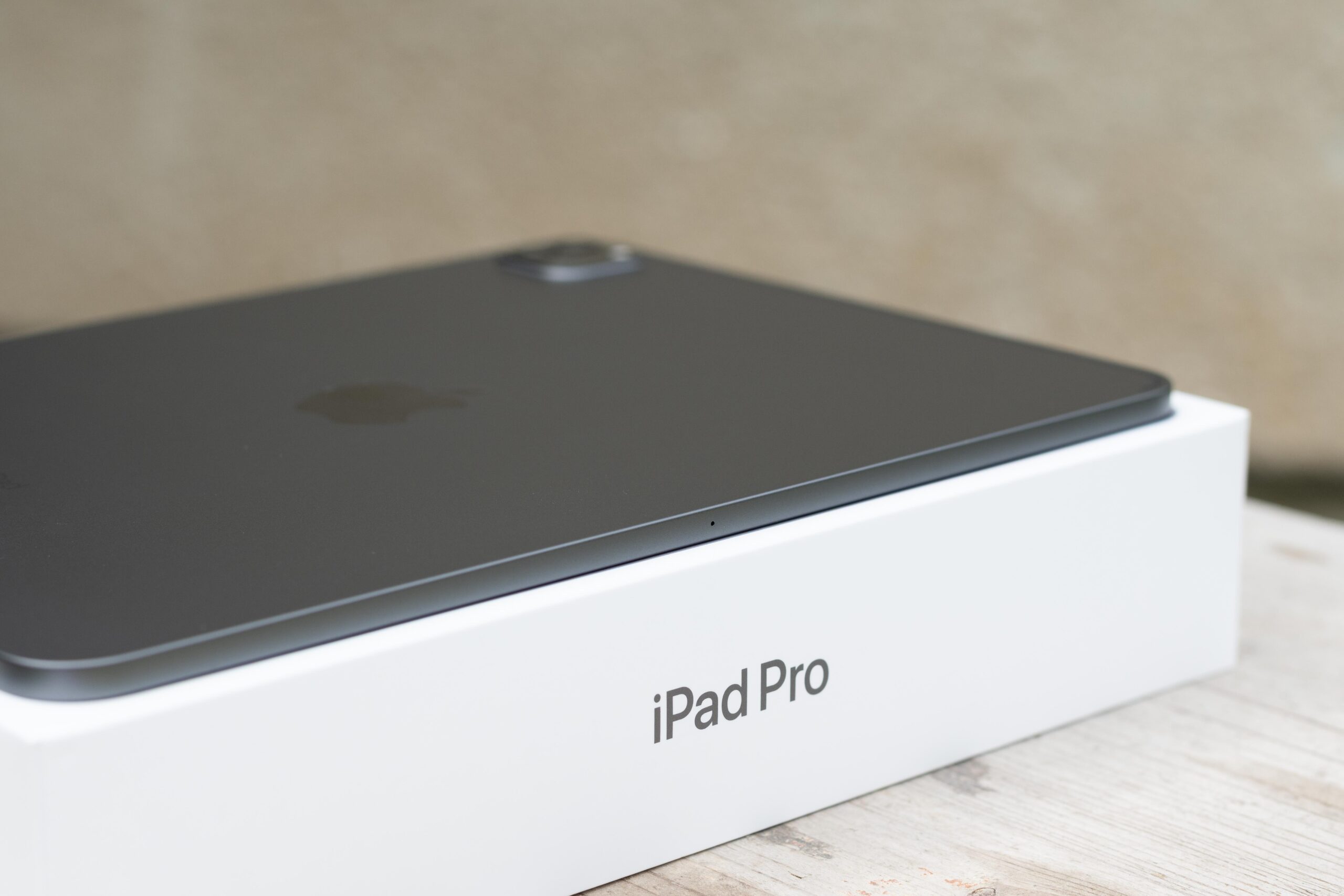
The only jump between the M1, M1 PRO and M1 MAX is in graphics performance, and there the jump is absolutely incredible. Also, of course, in the connectivity of peripherals, especially monitors.
But I think the main killer or must-have function is the battery life. Some Intel EVO, where it is determined that the laptop must last at least 9 hours on battery, is totally ridiculous compared to what the MacBook Air can handle at the same price and with much more powerful hardware.